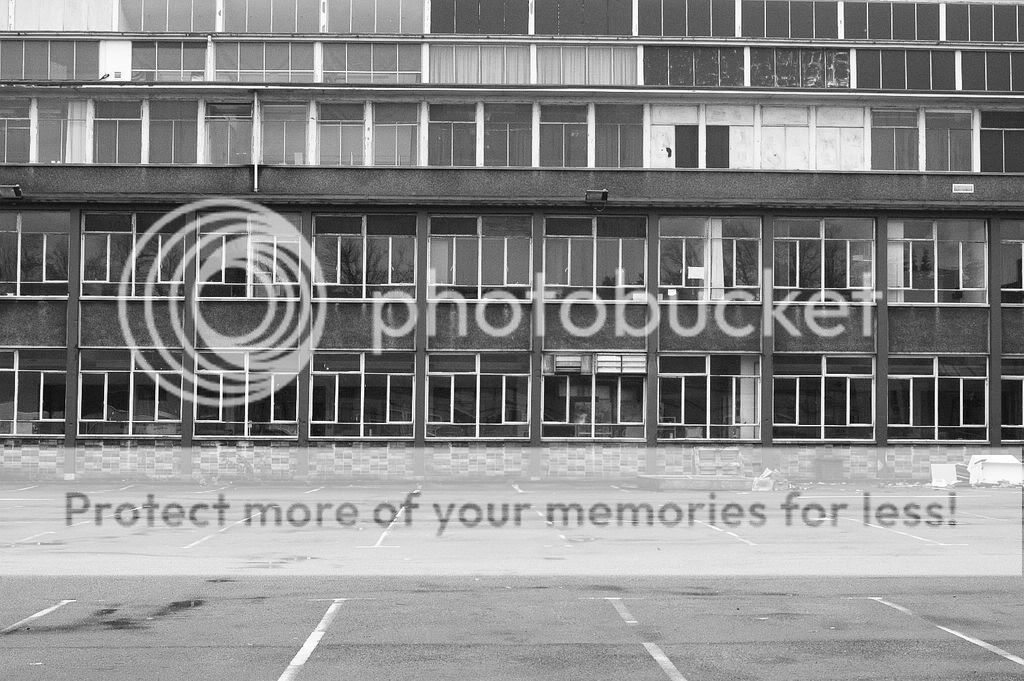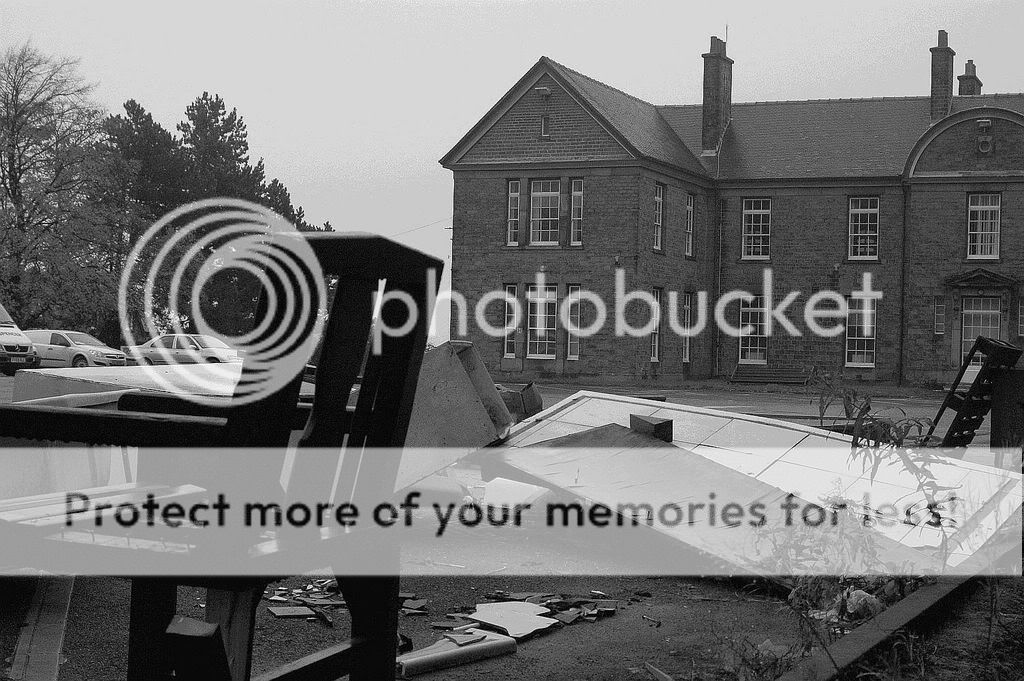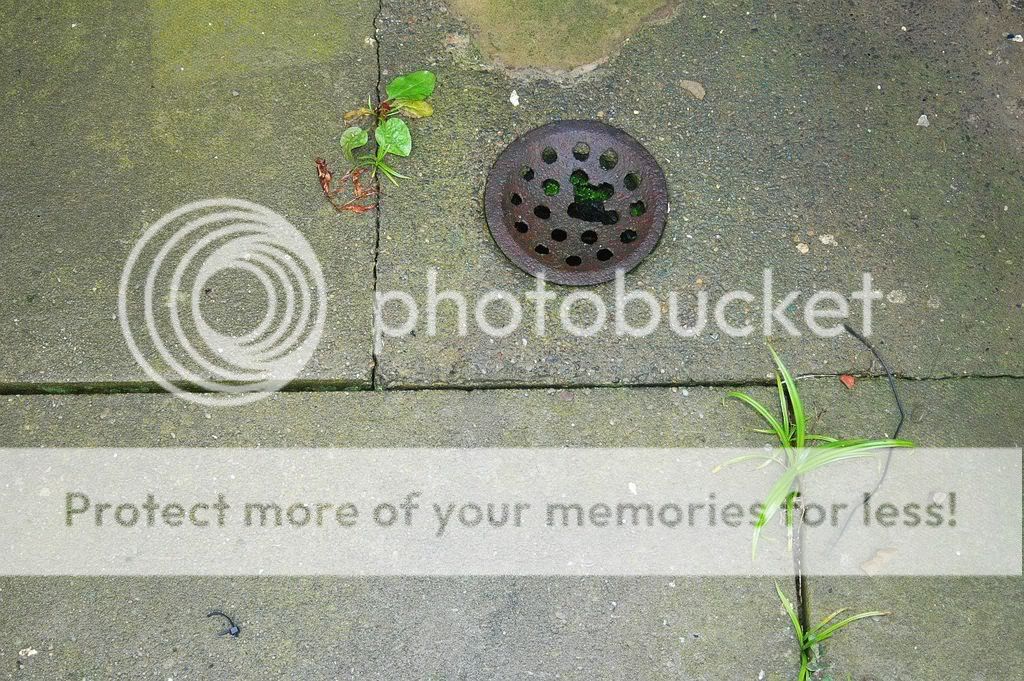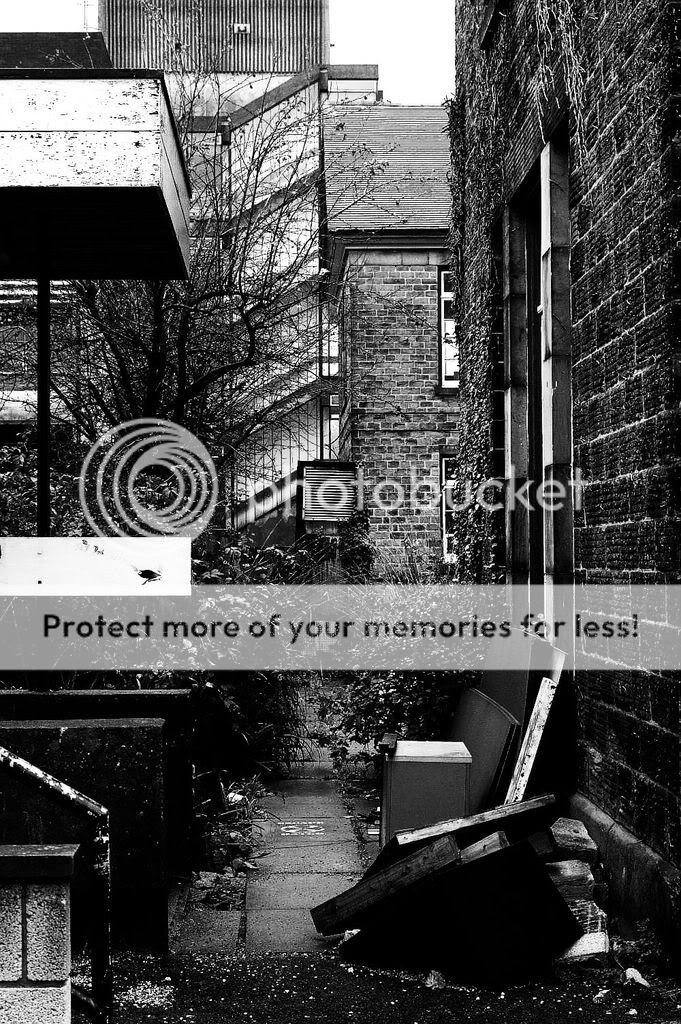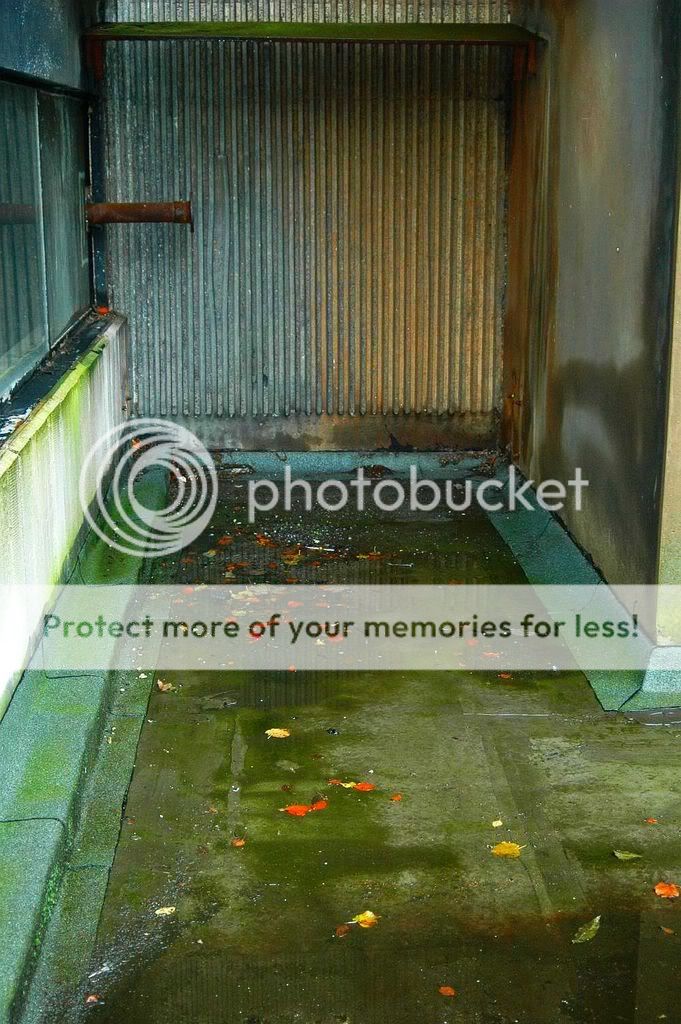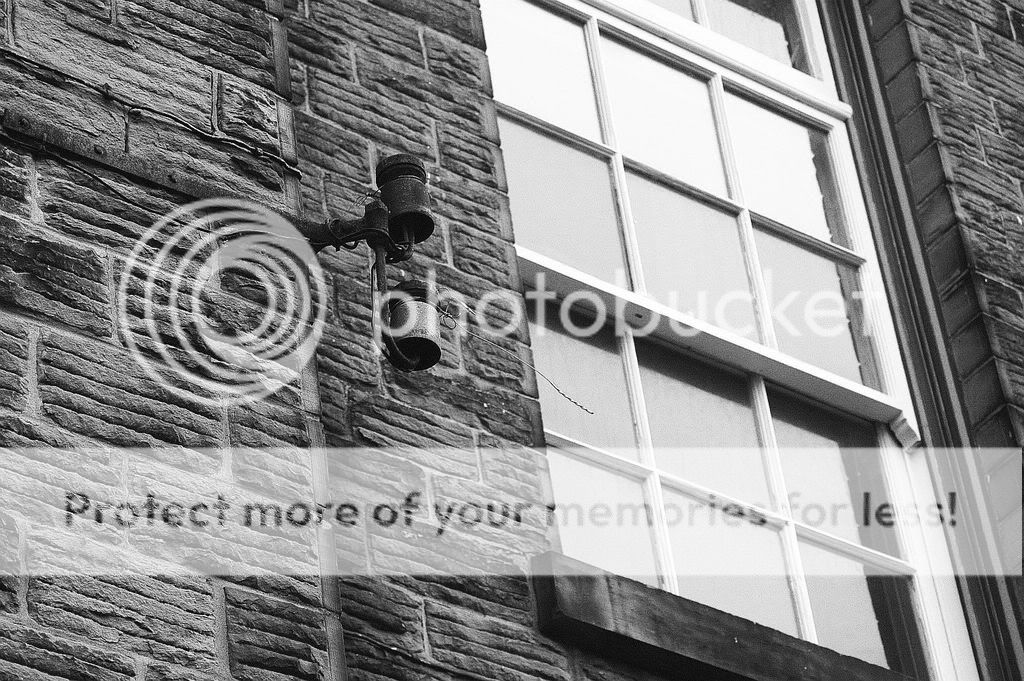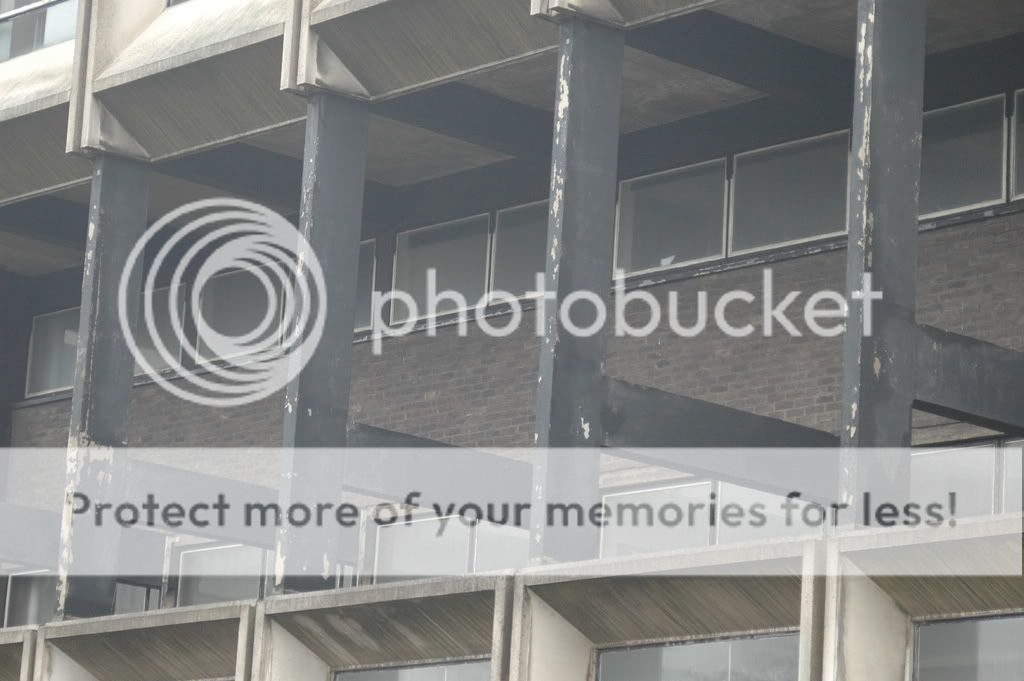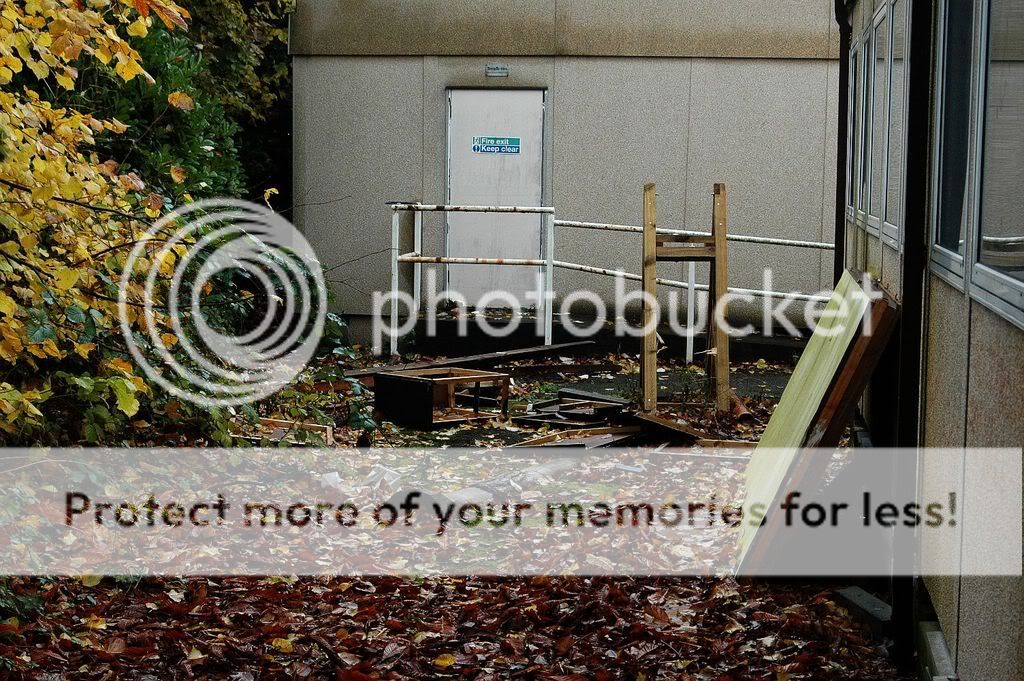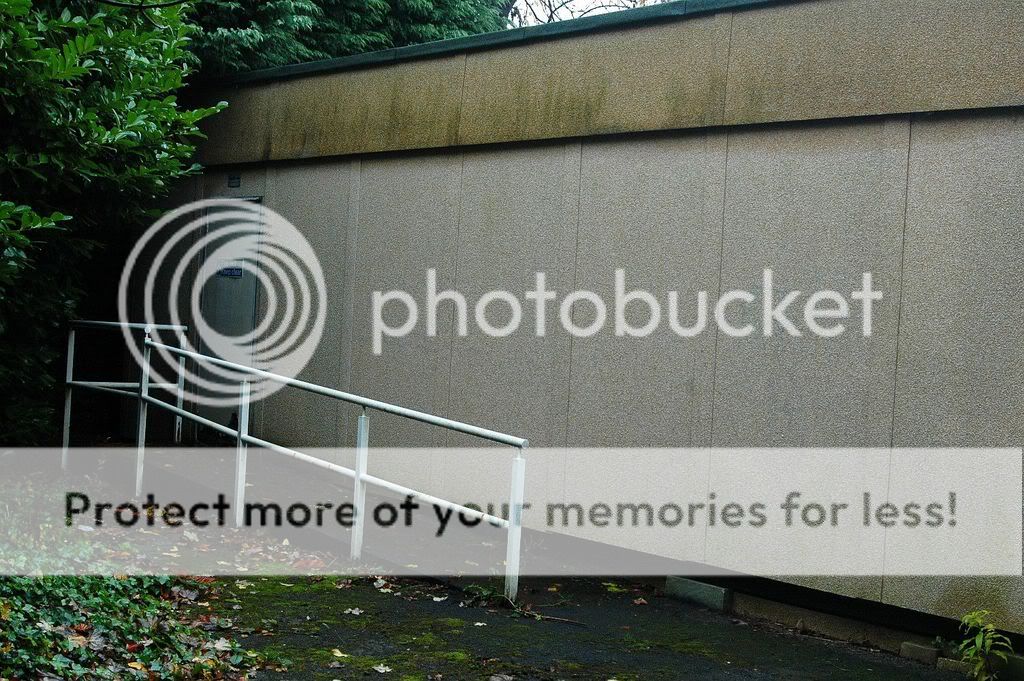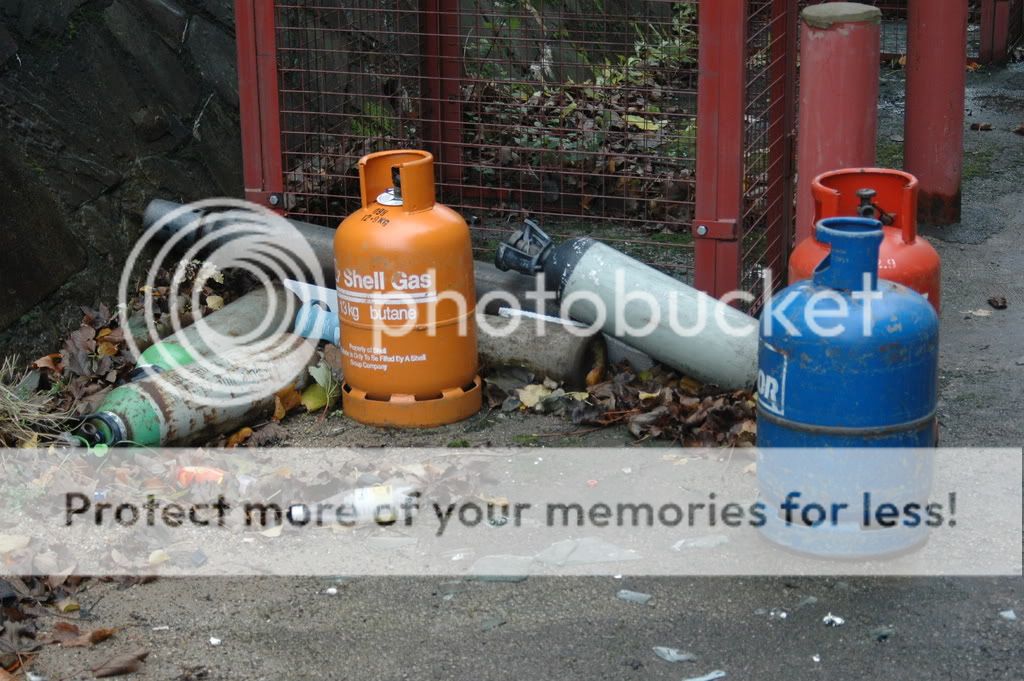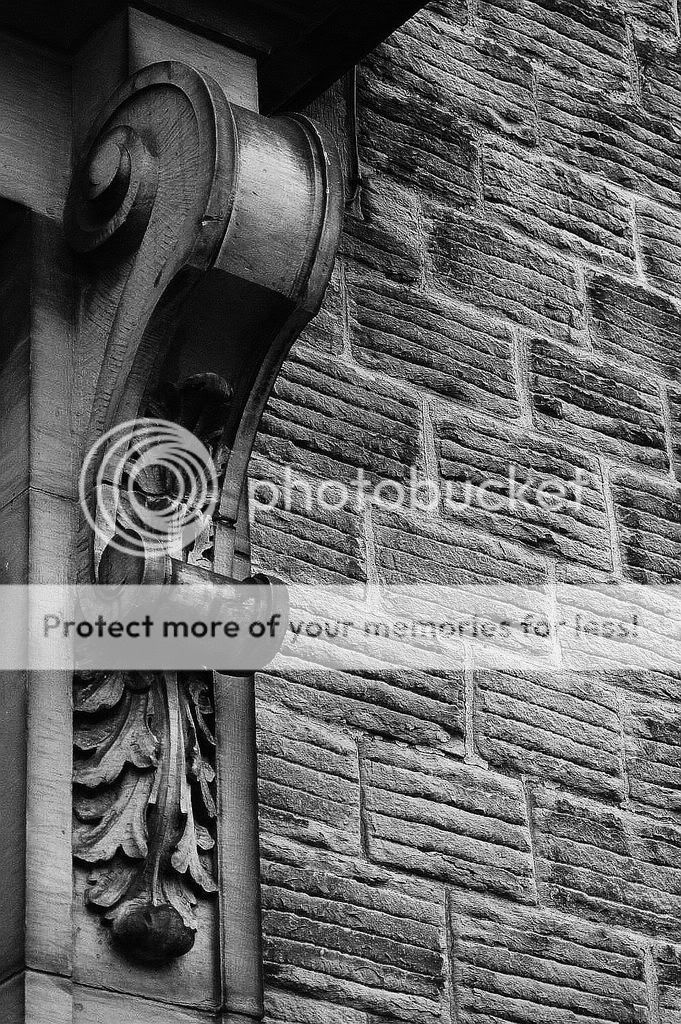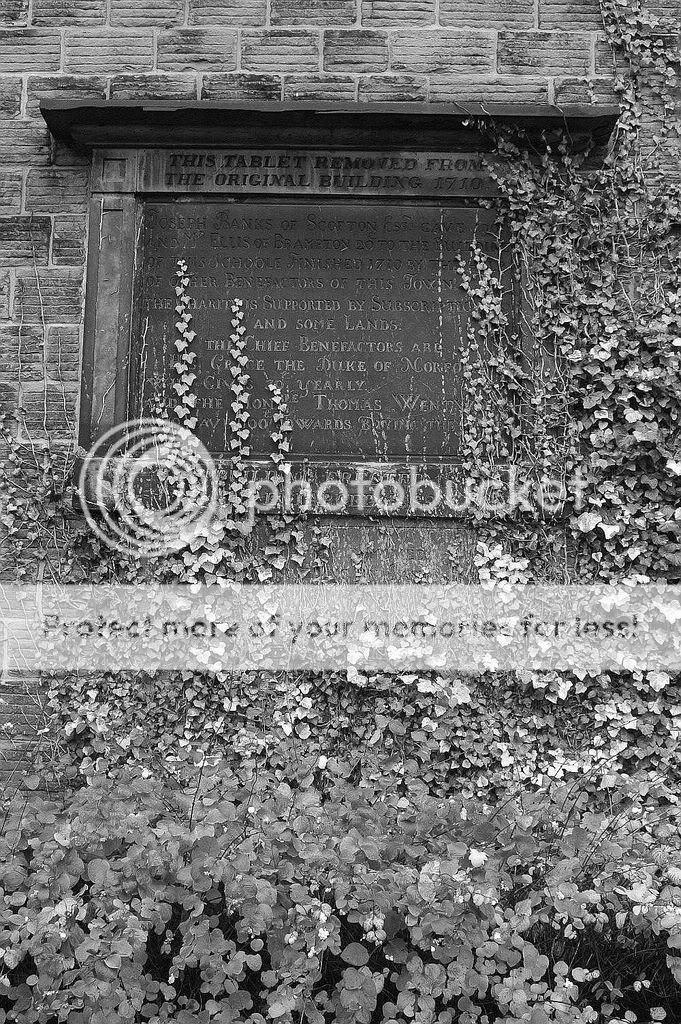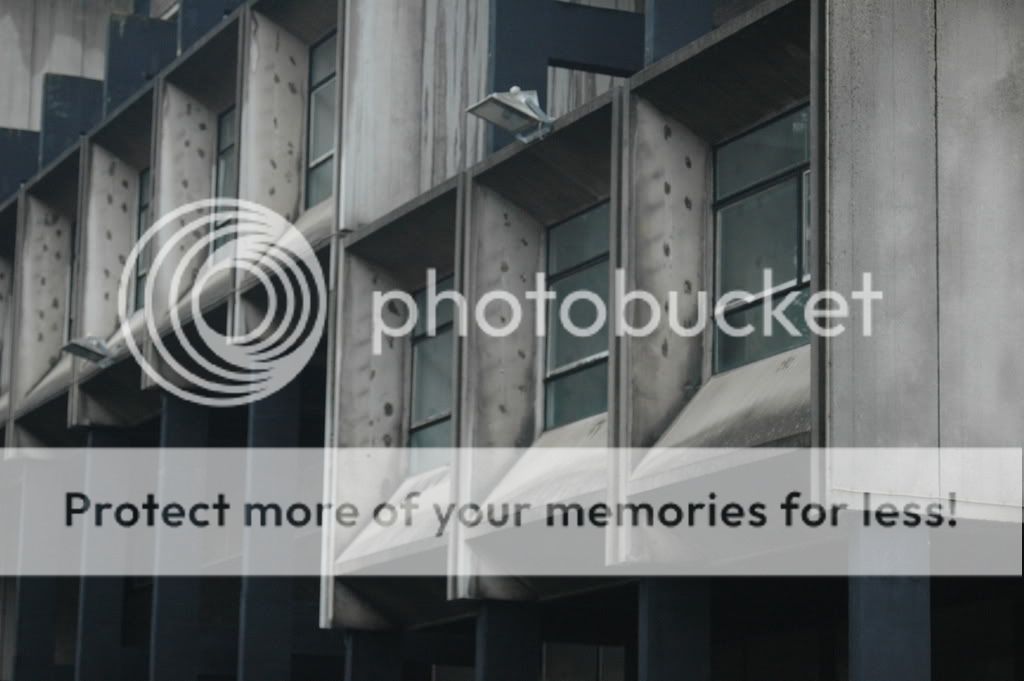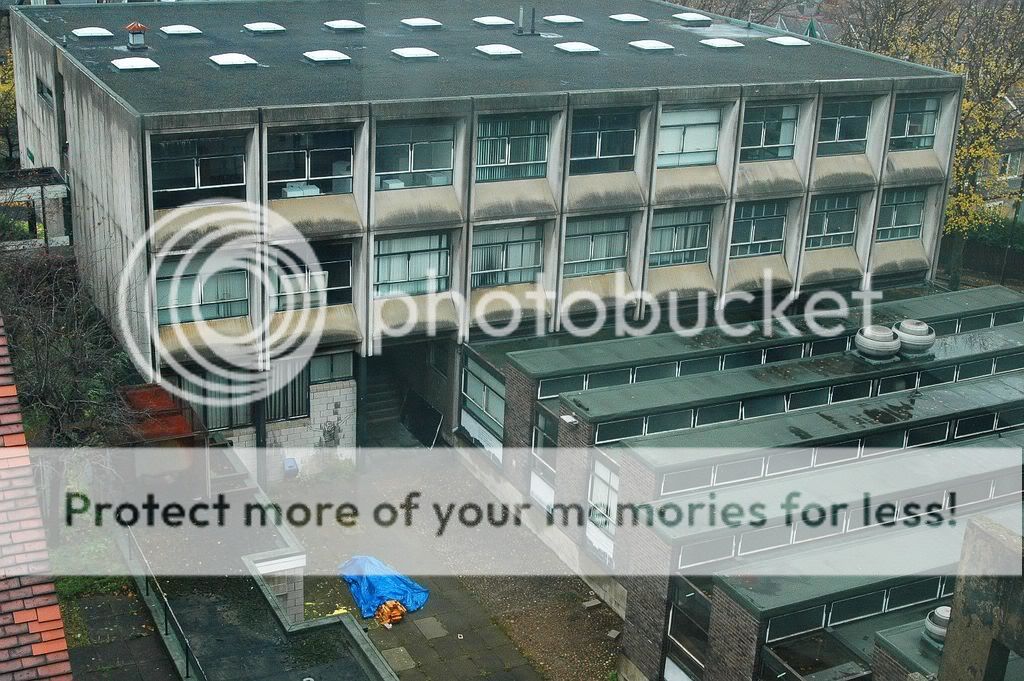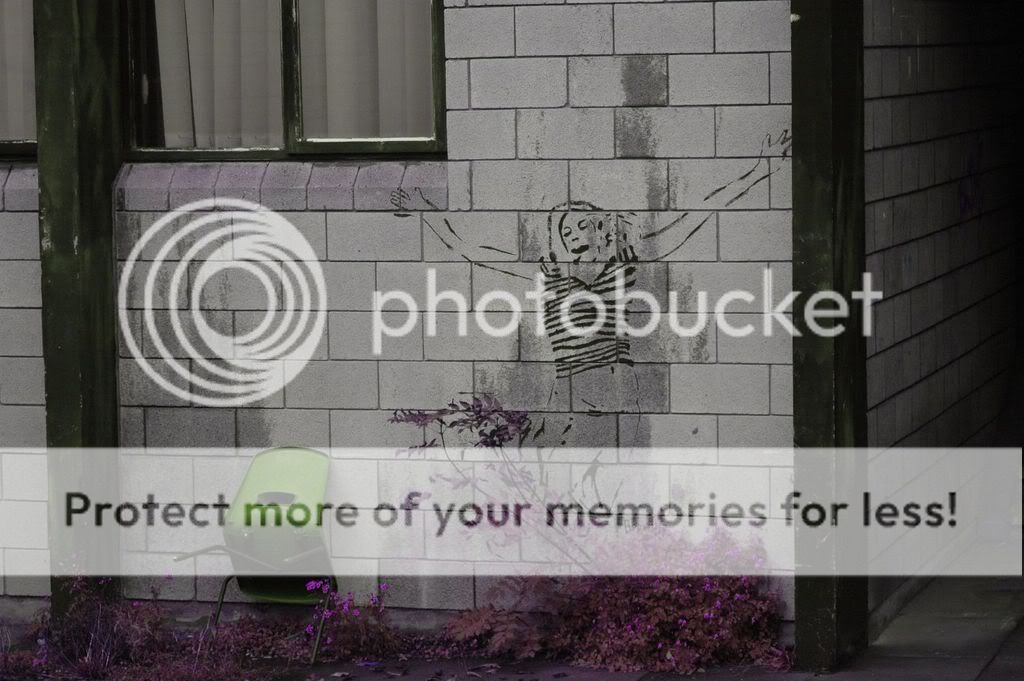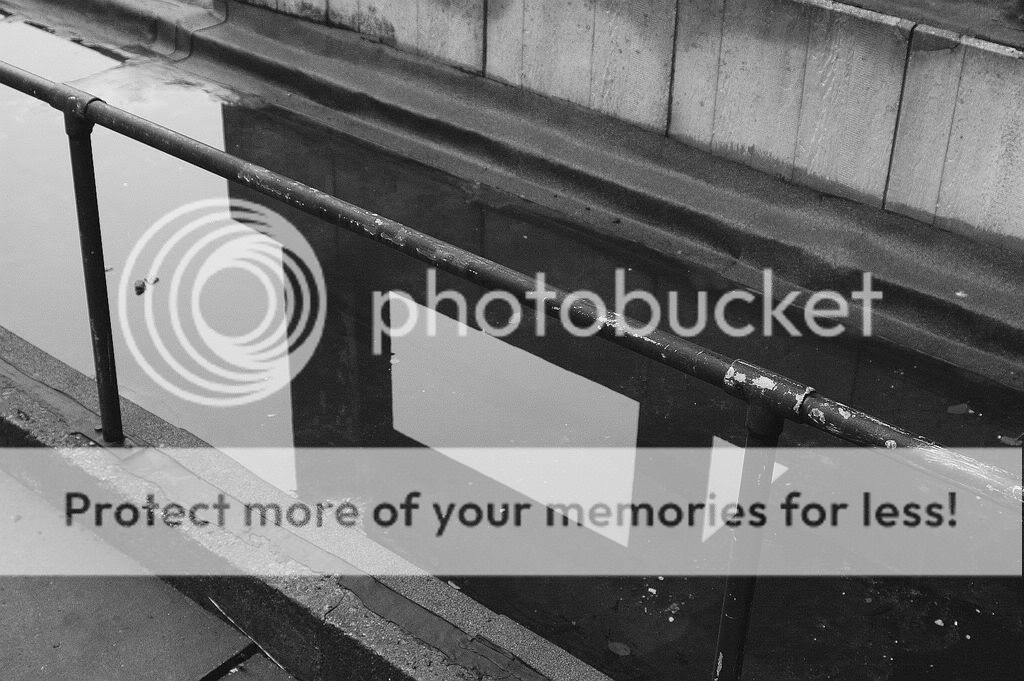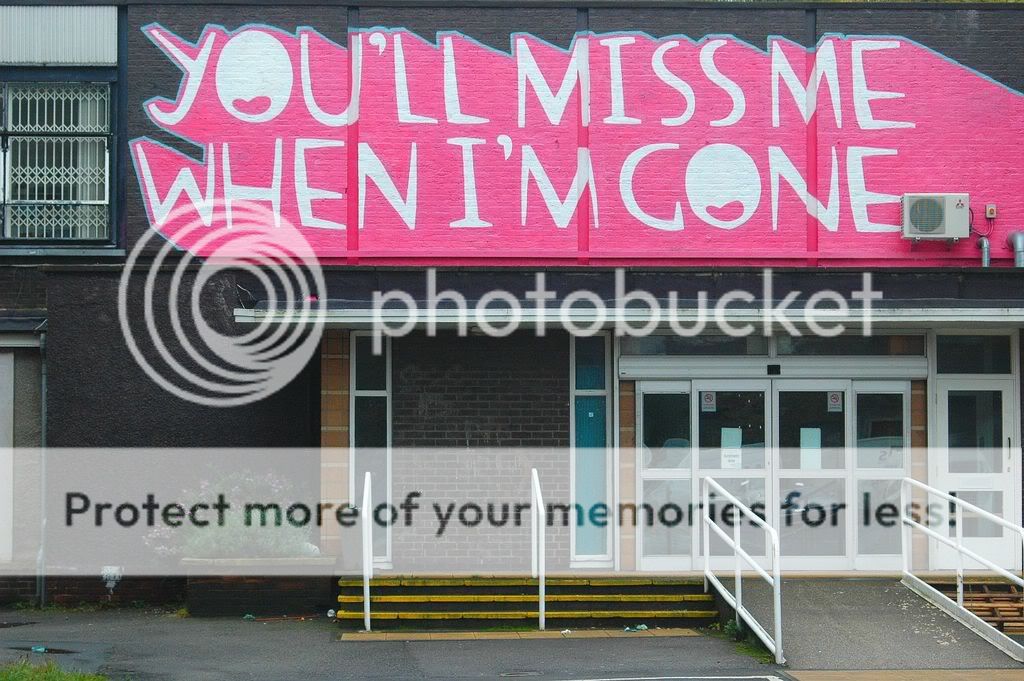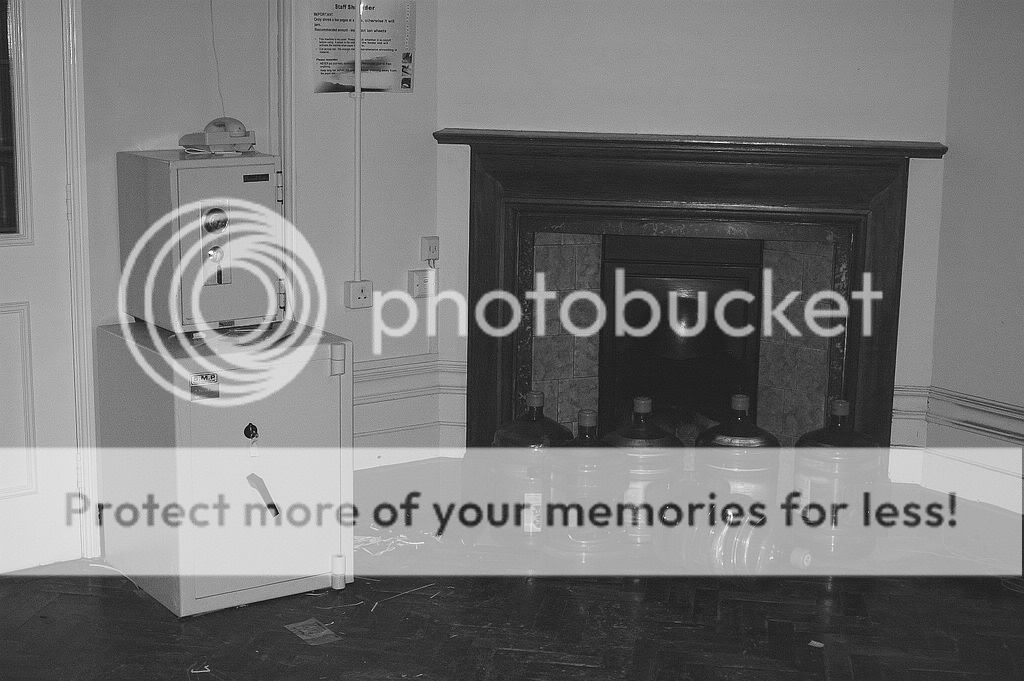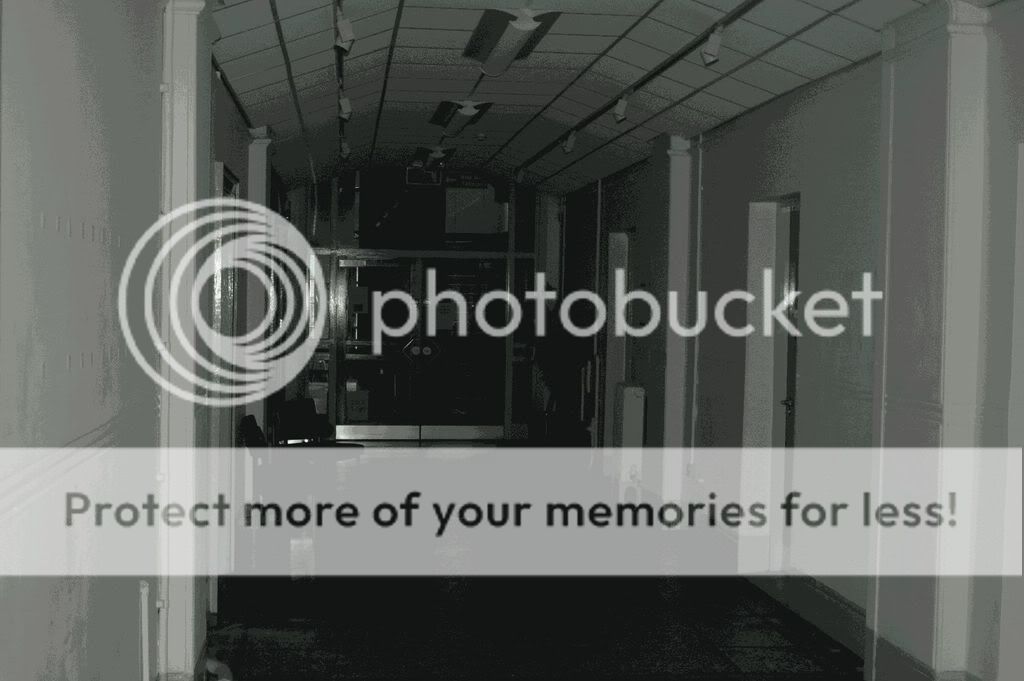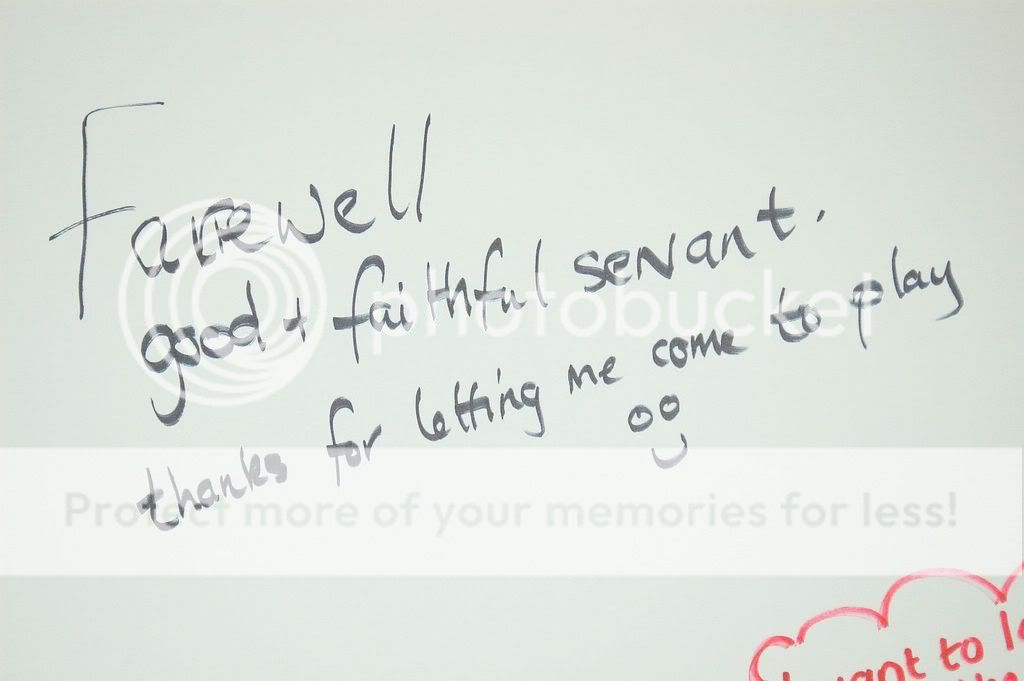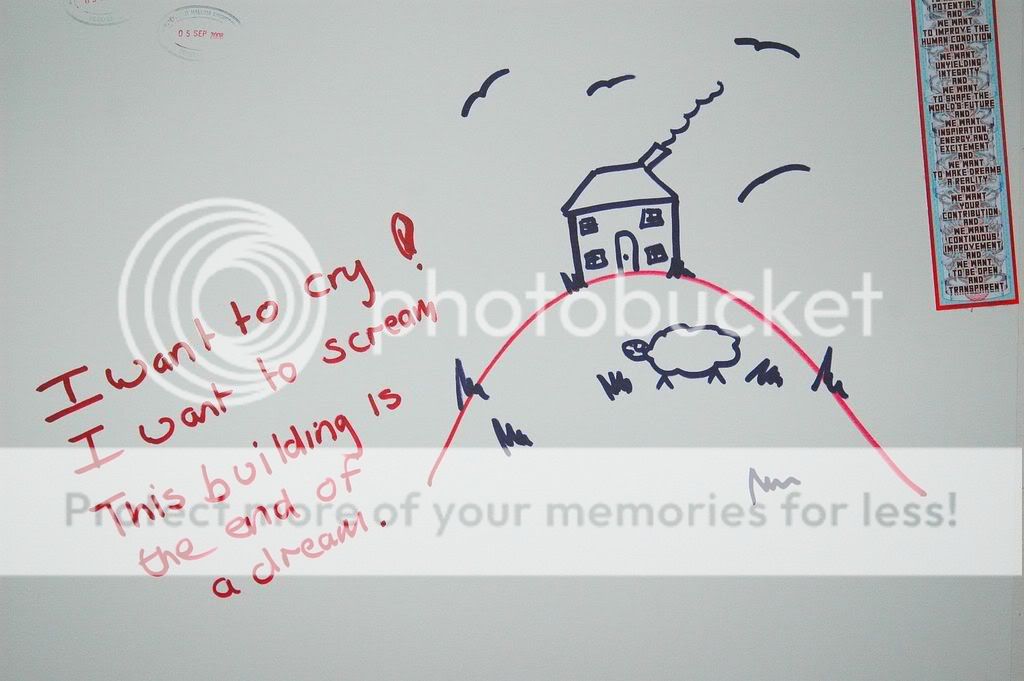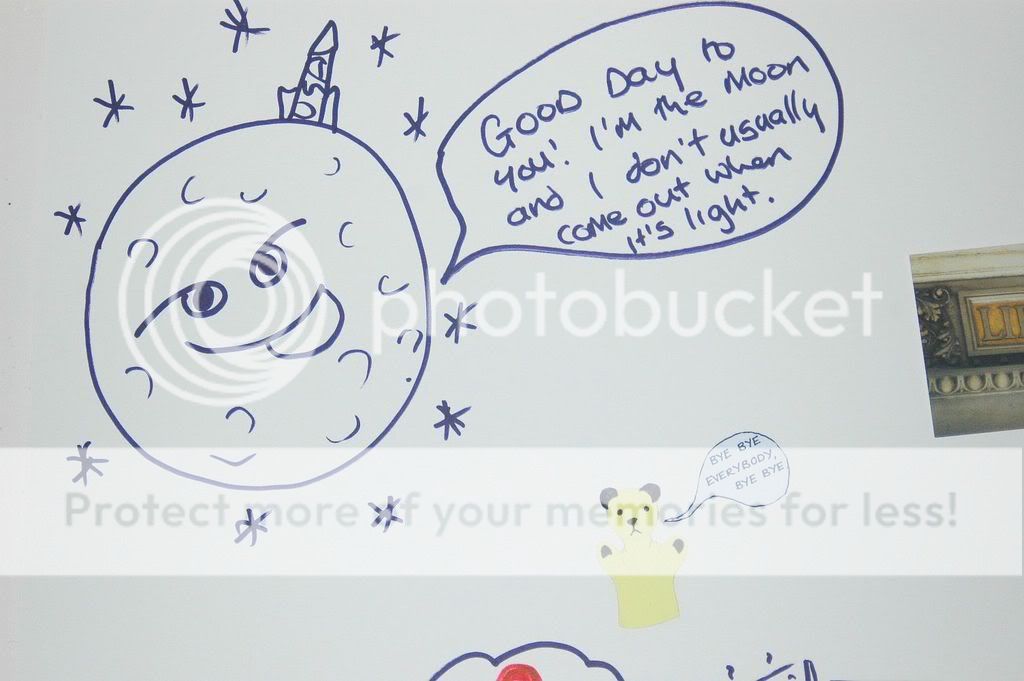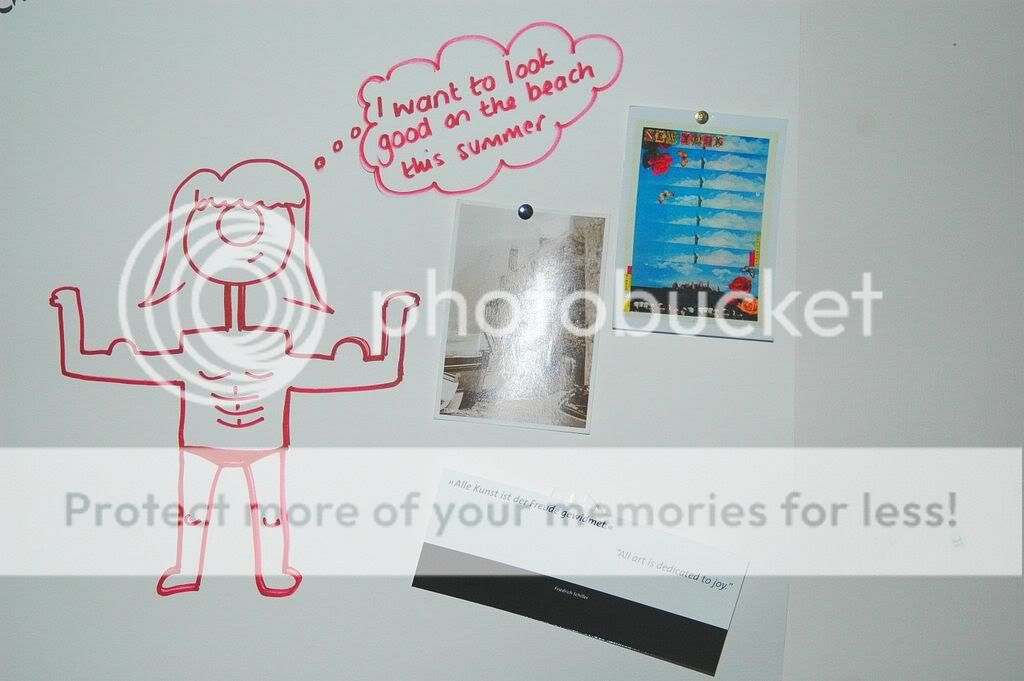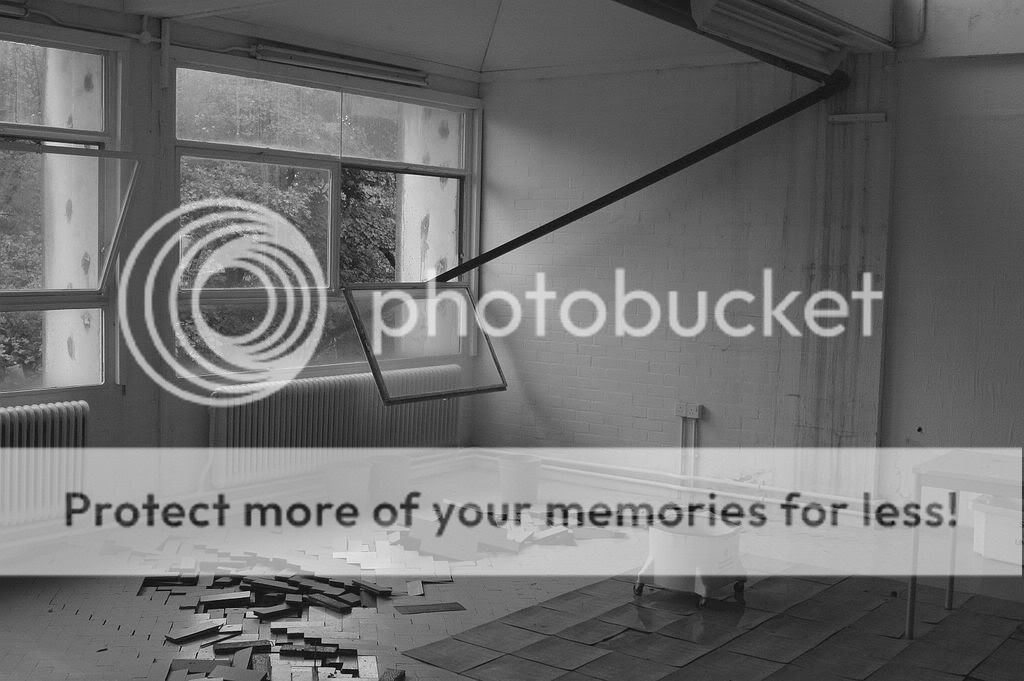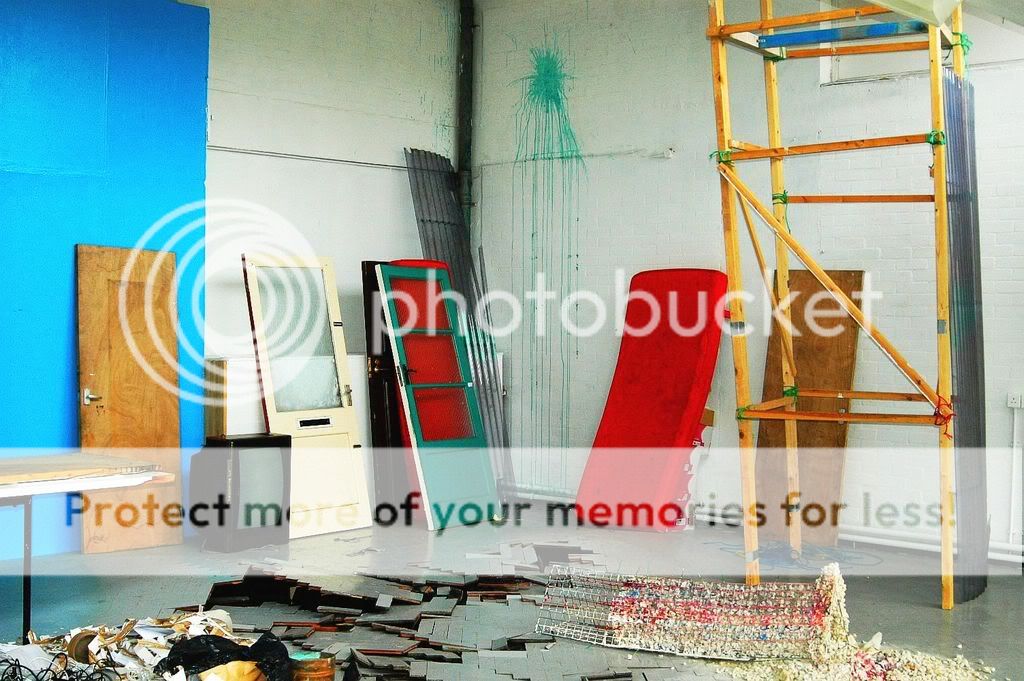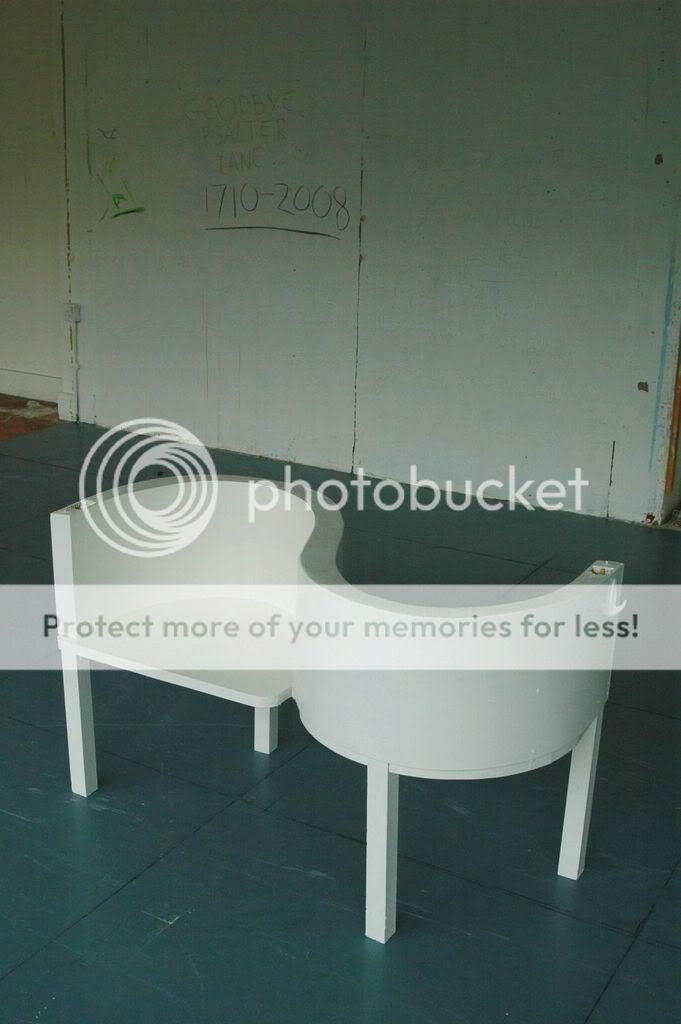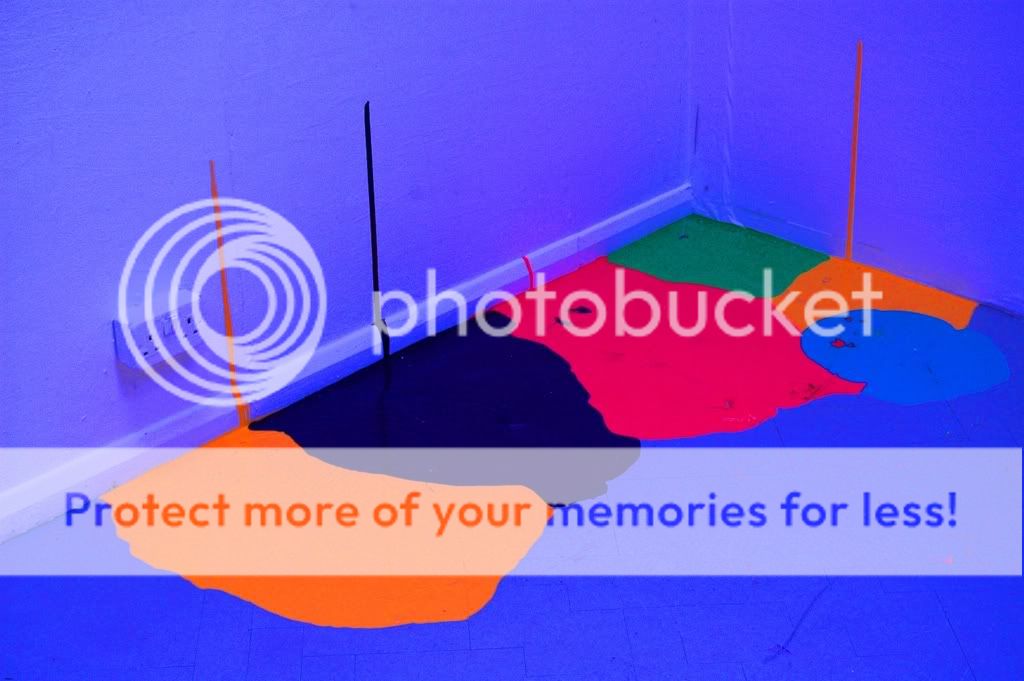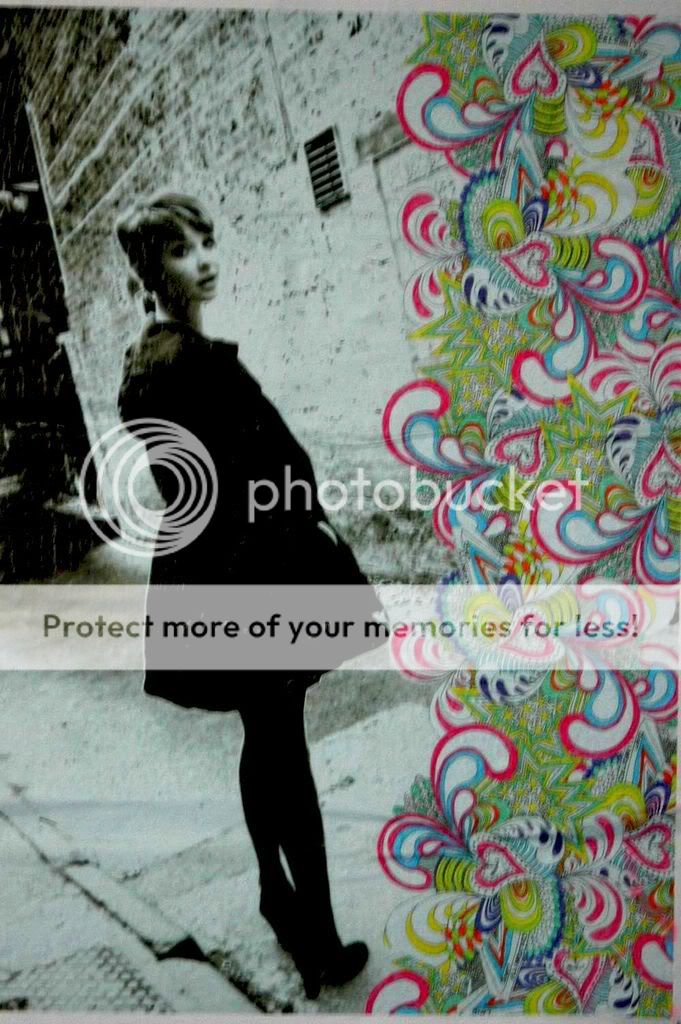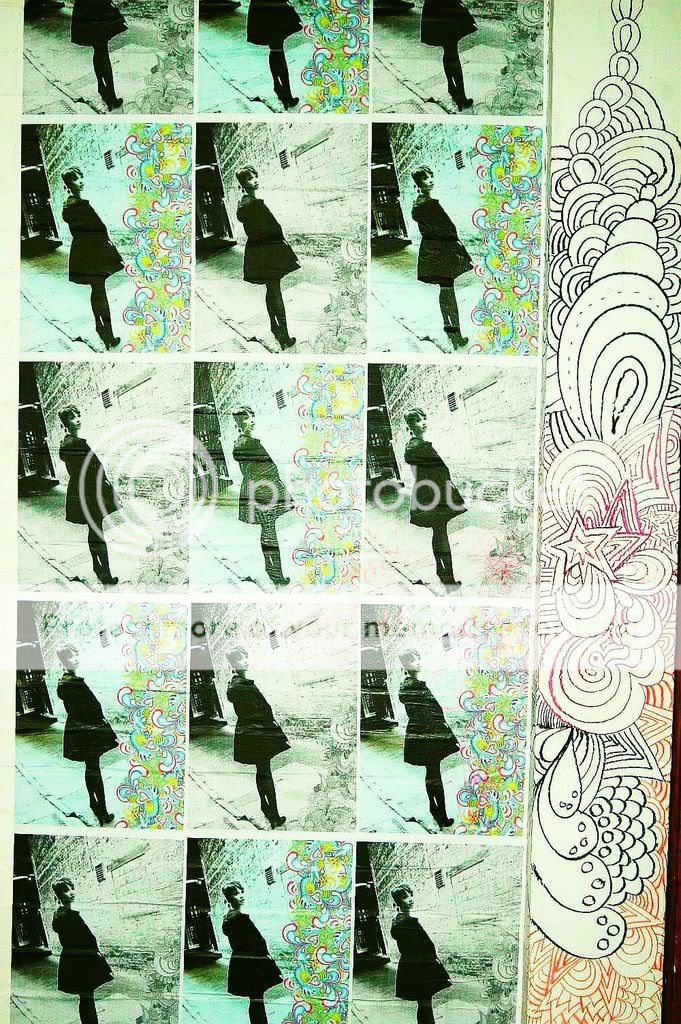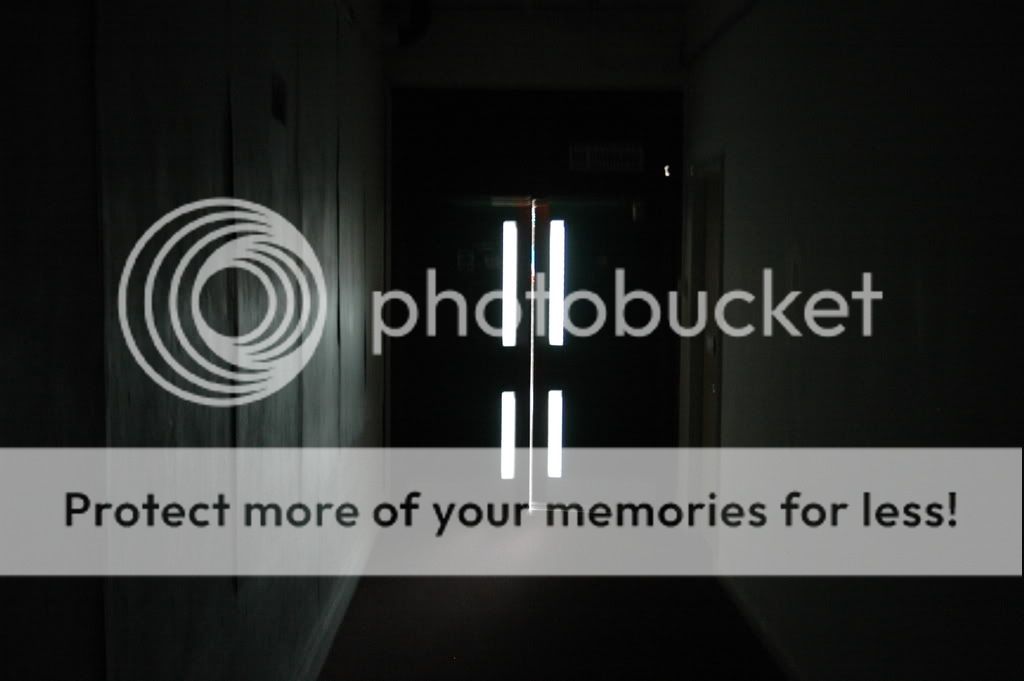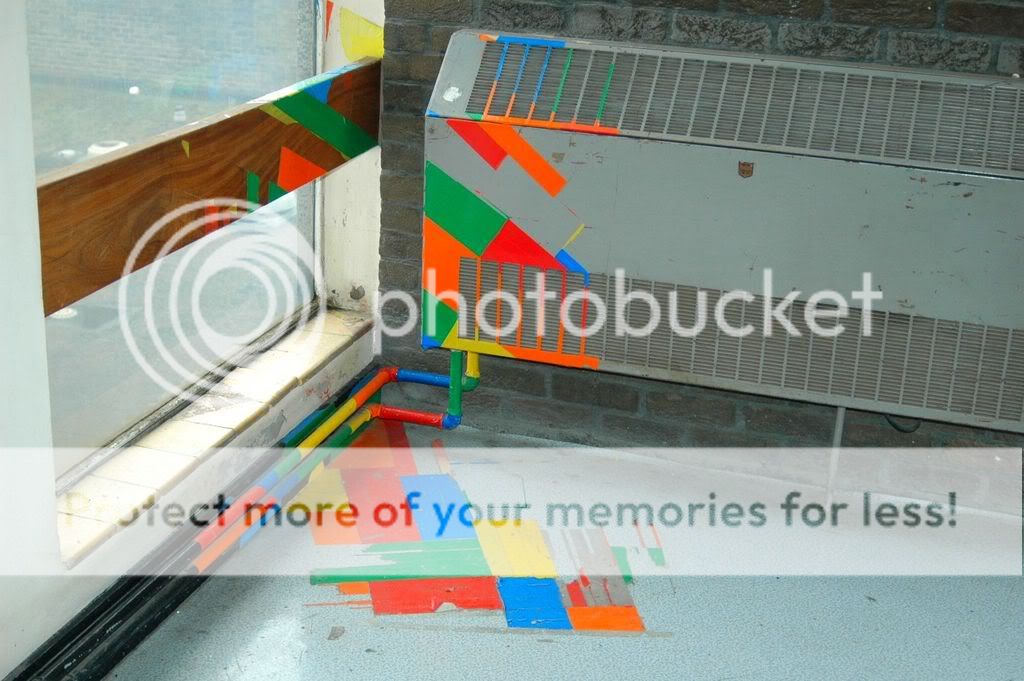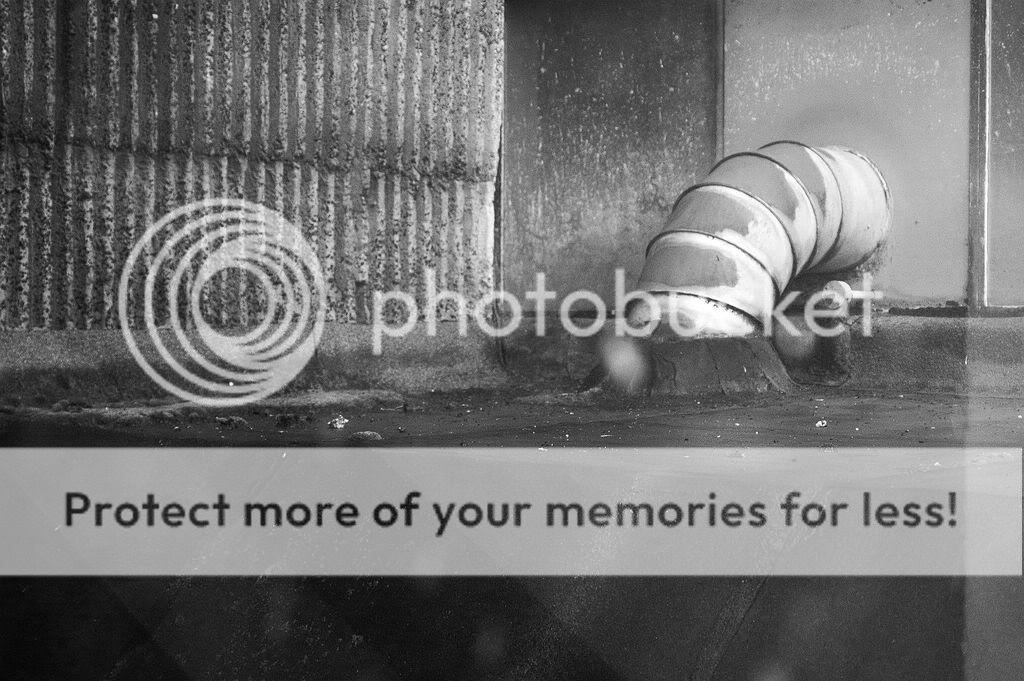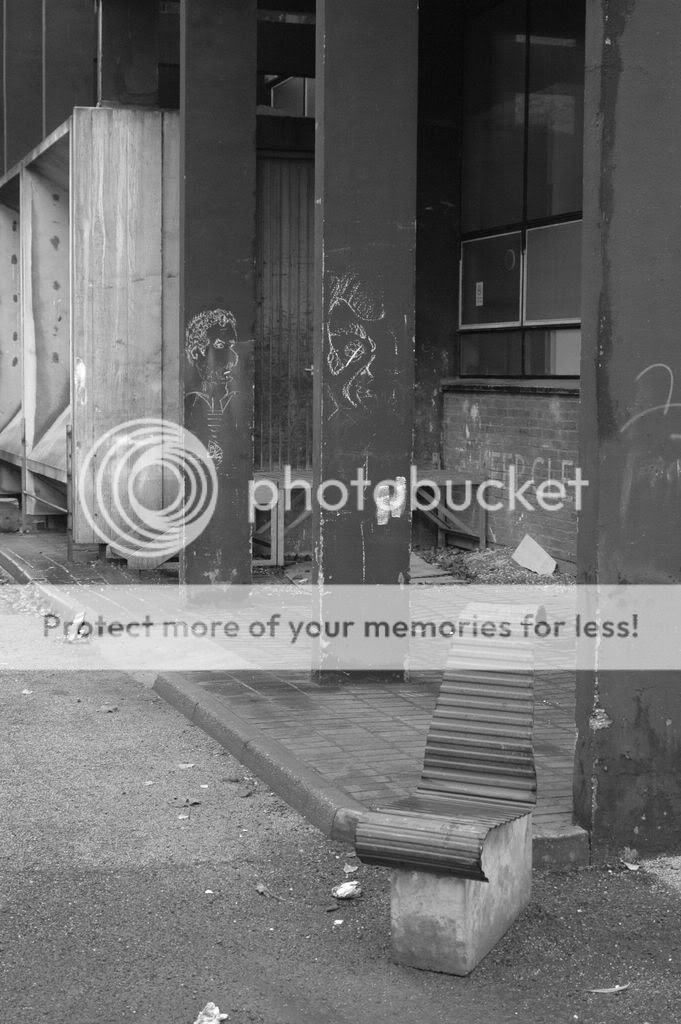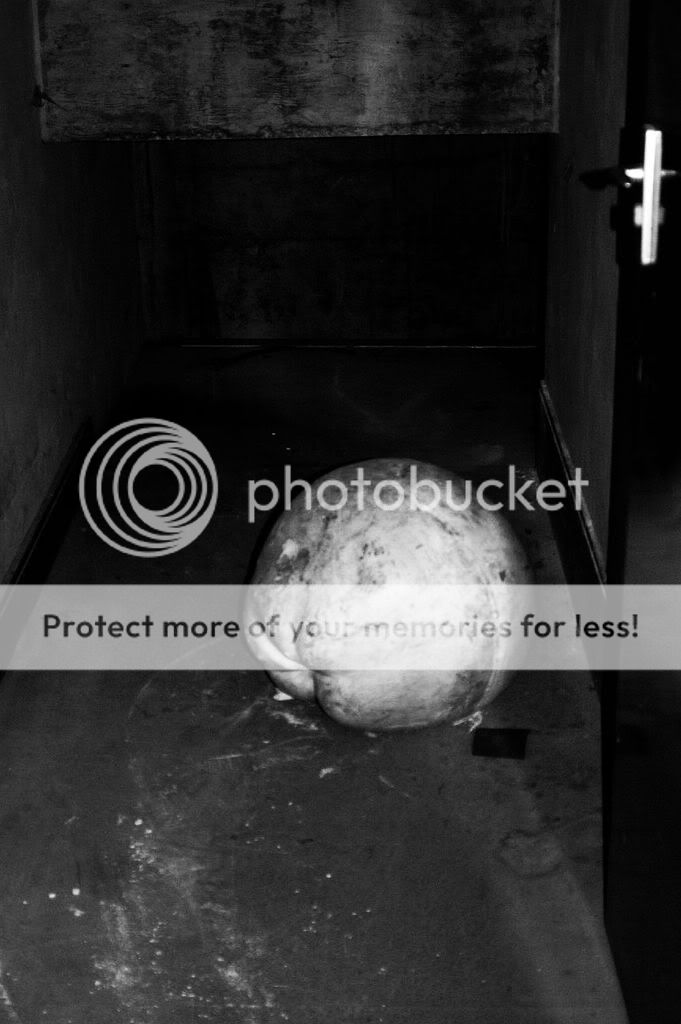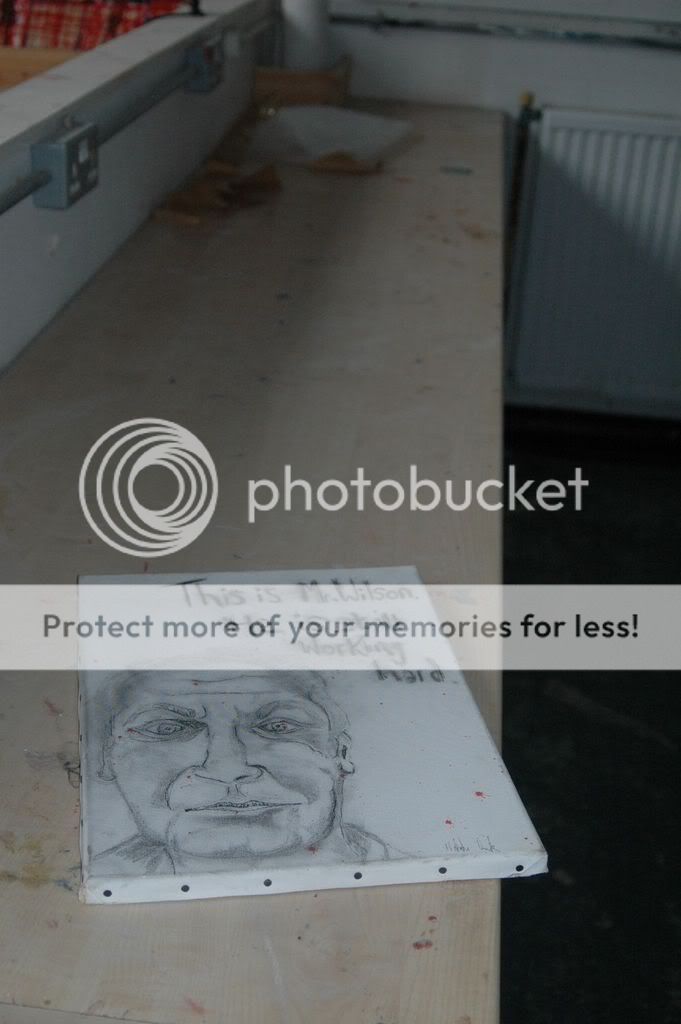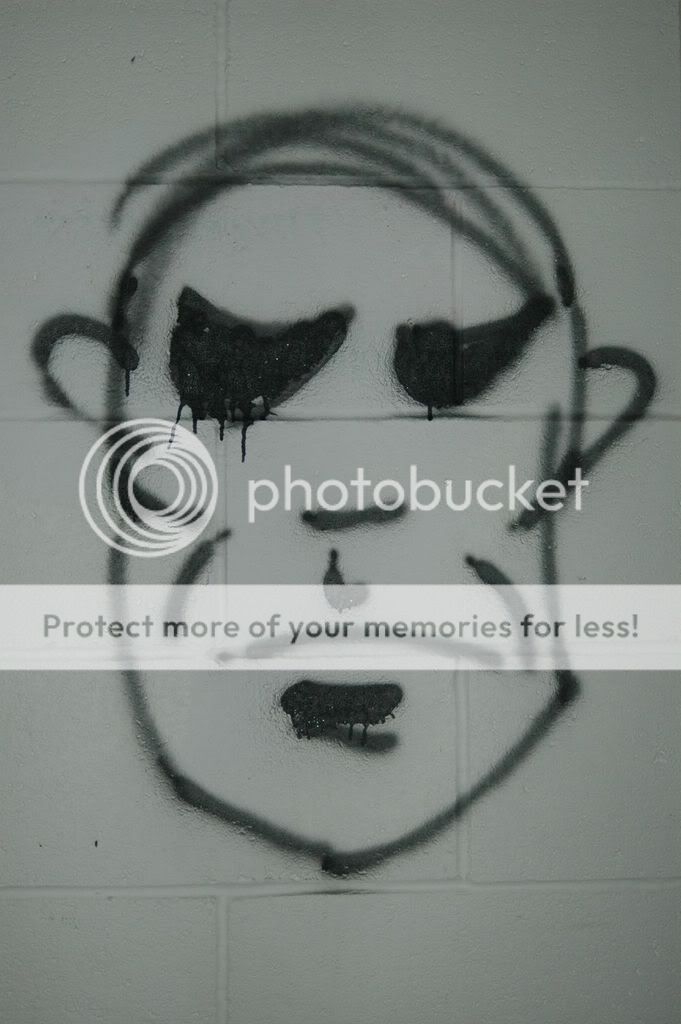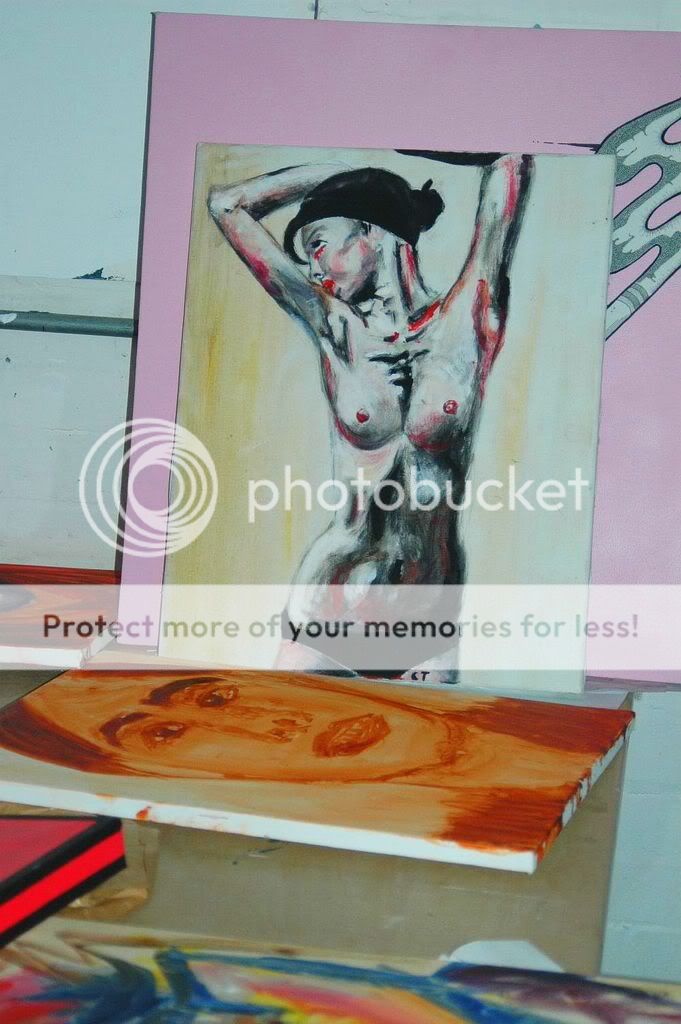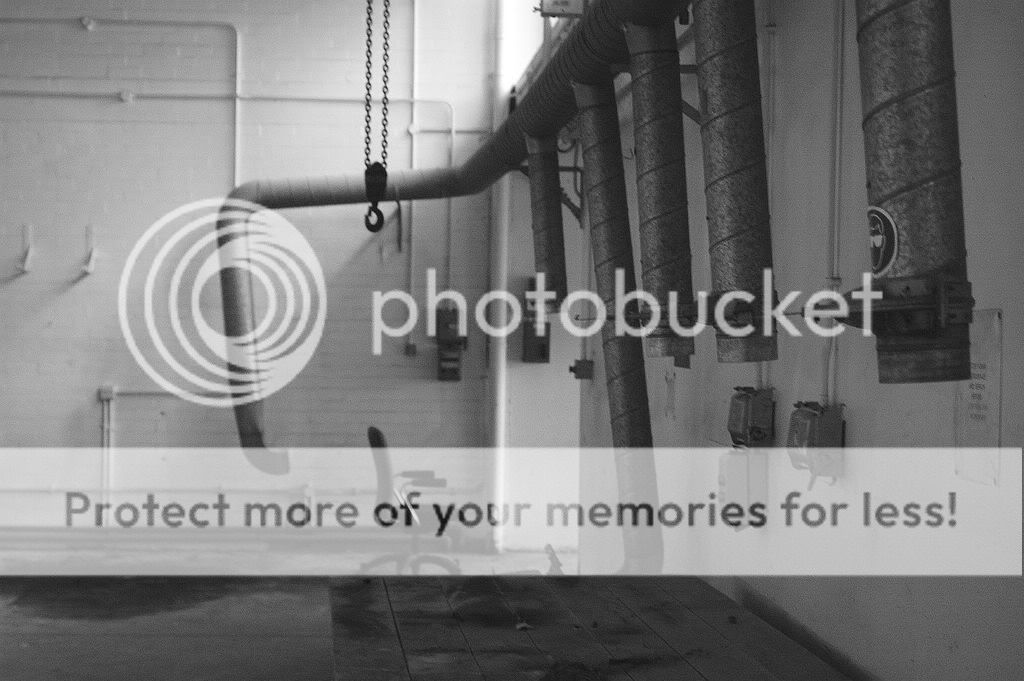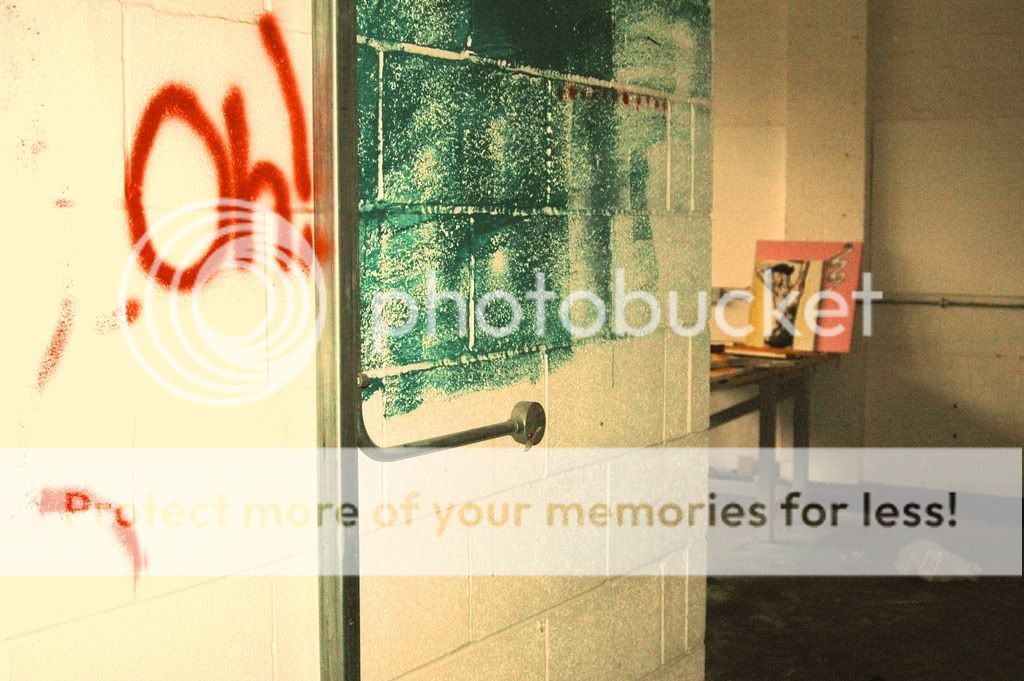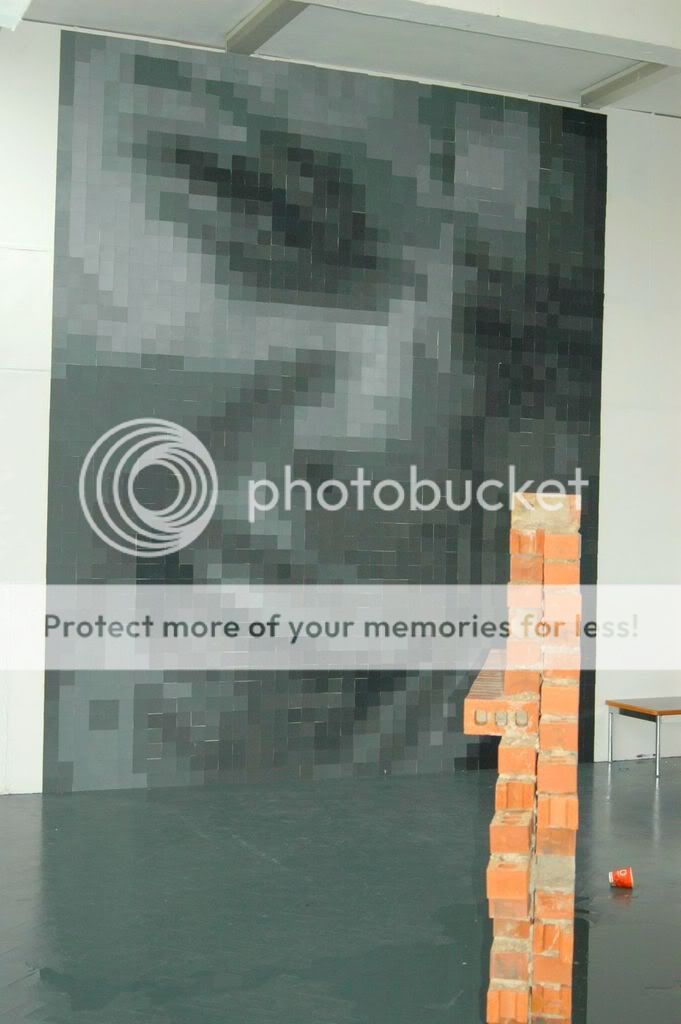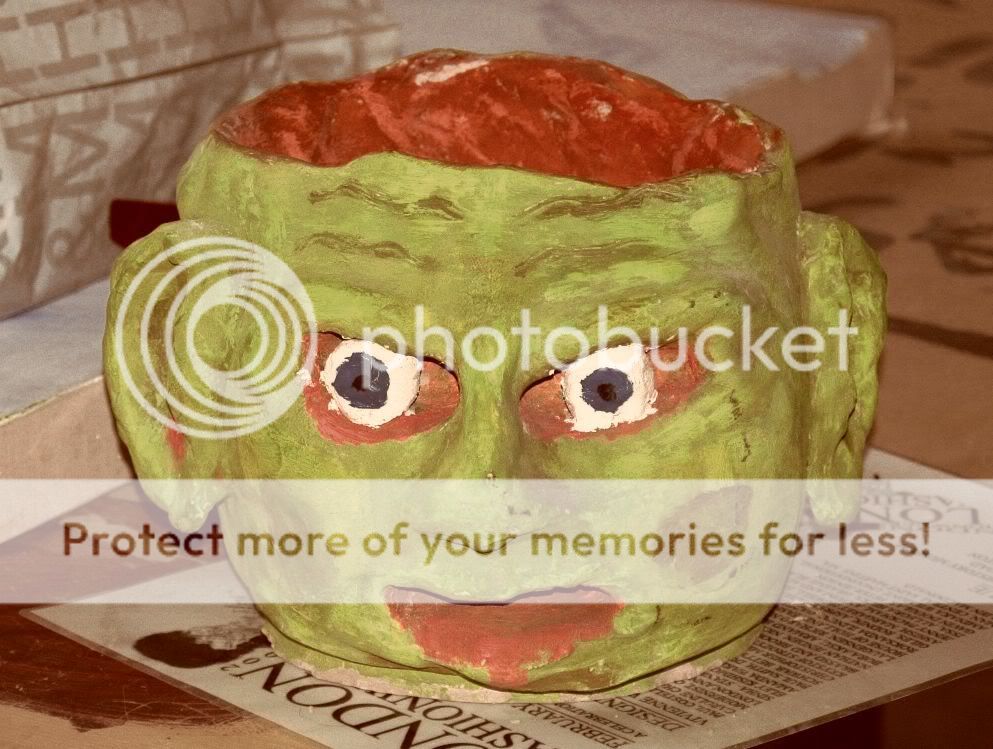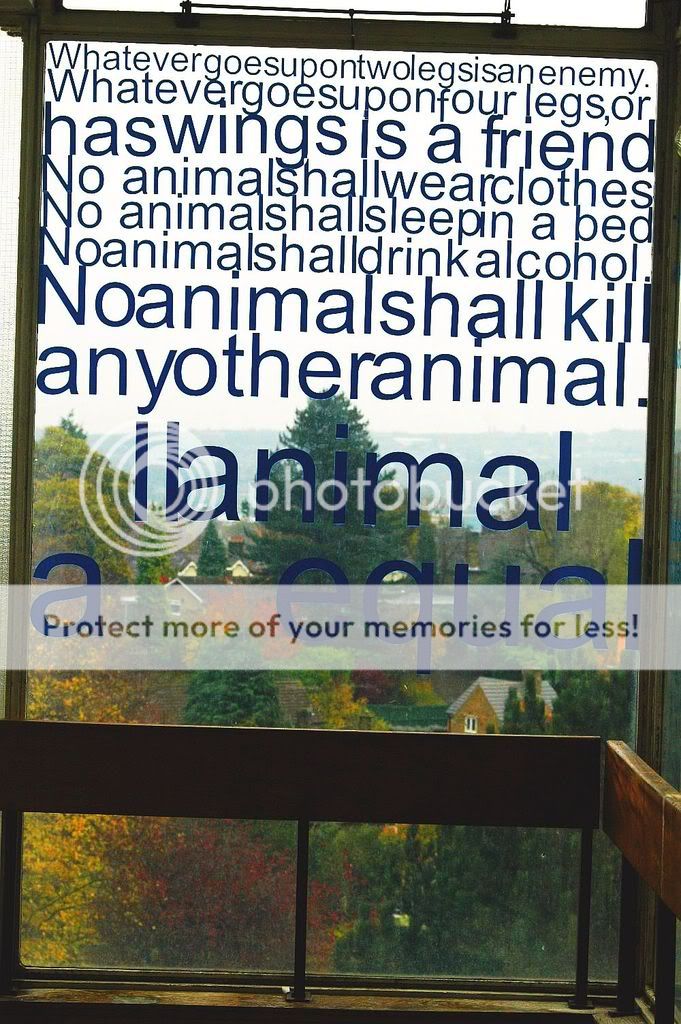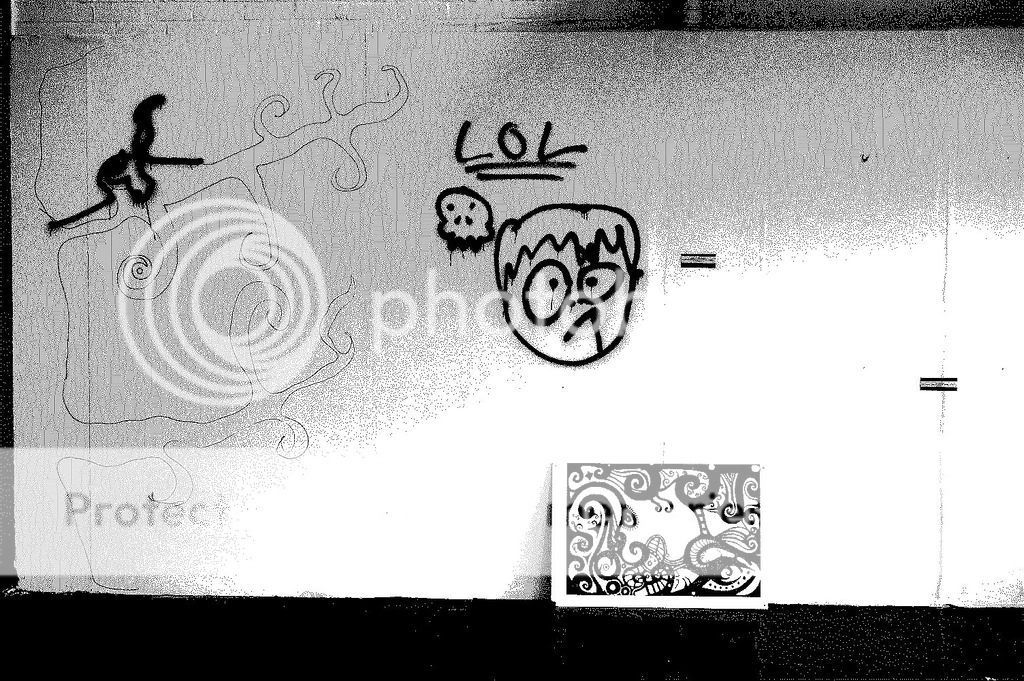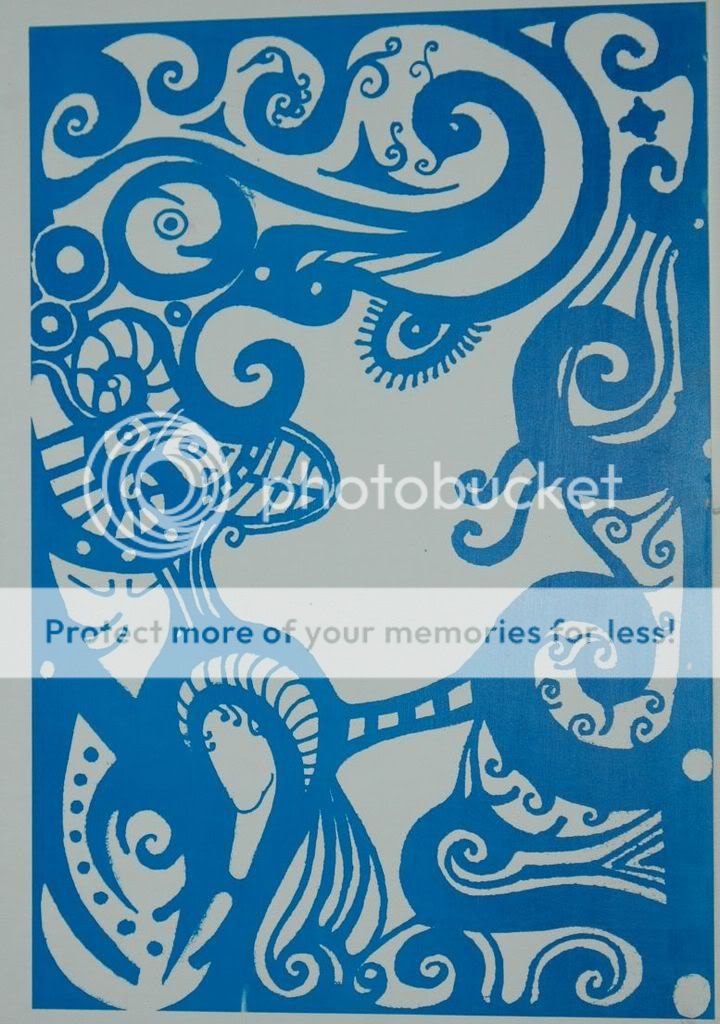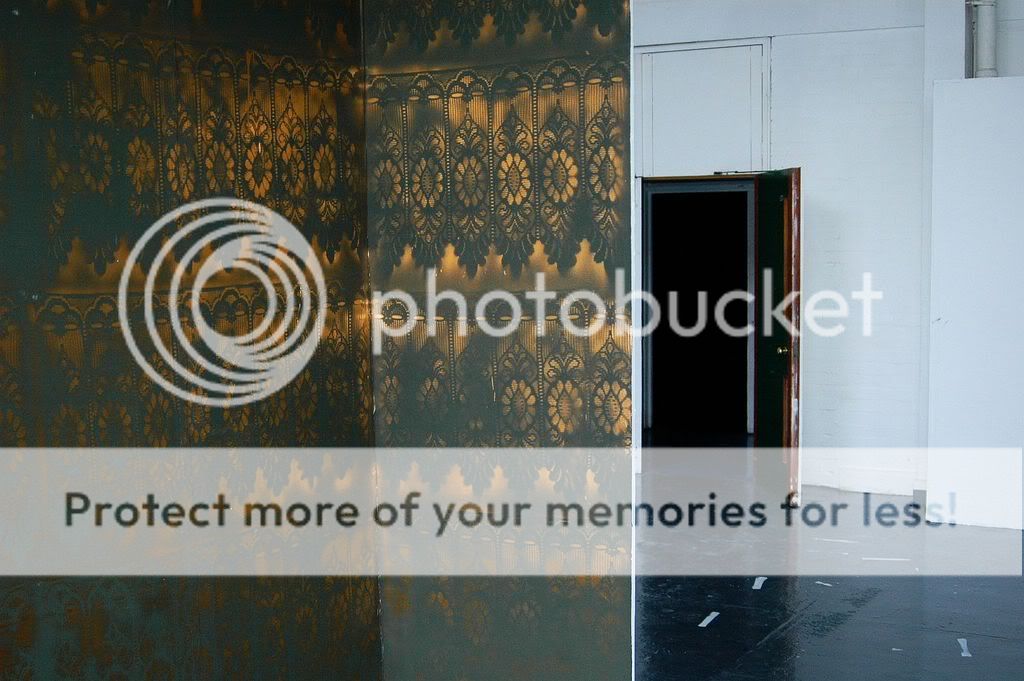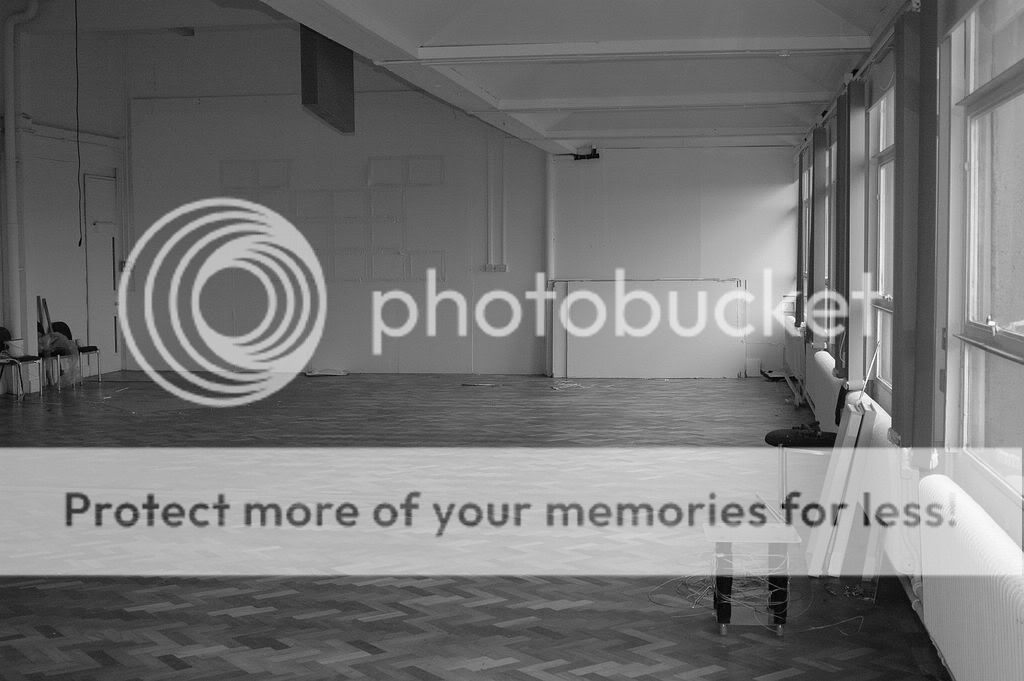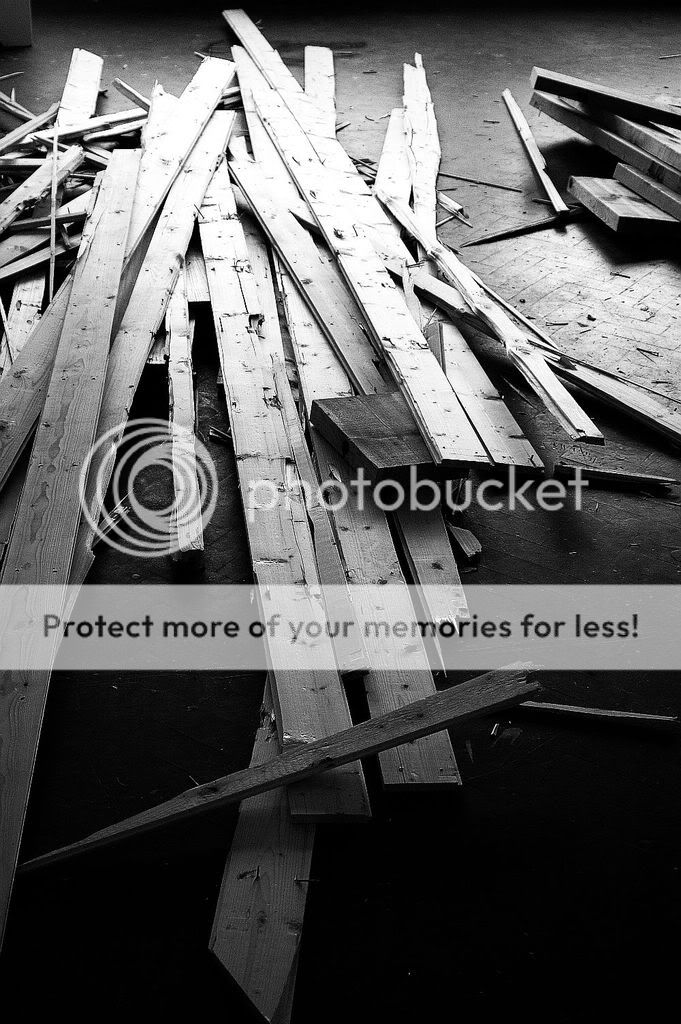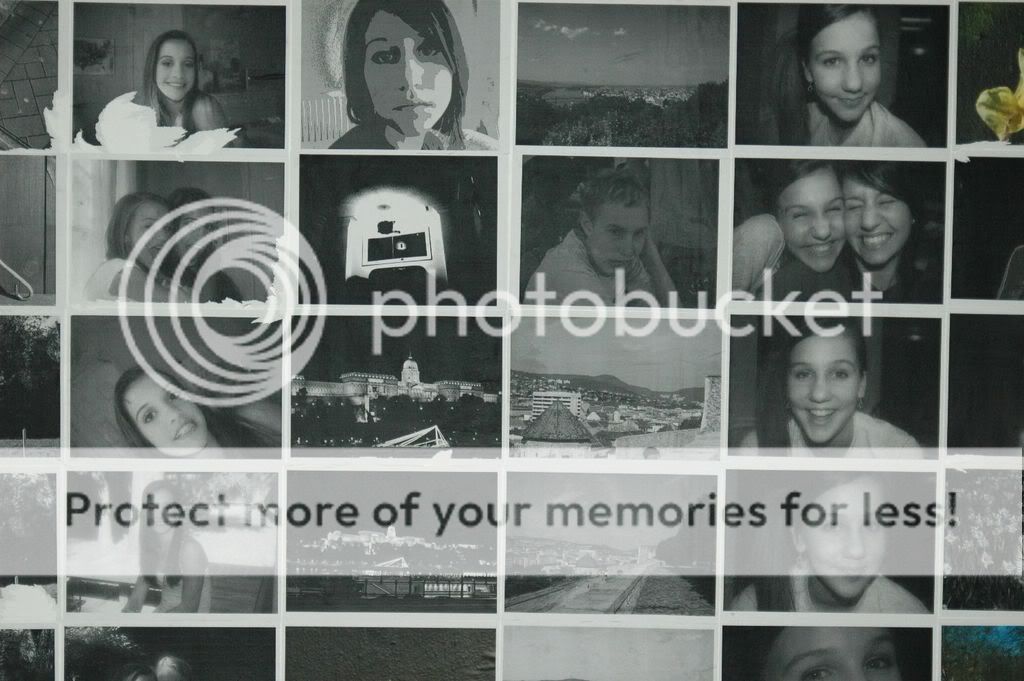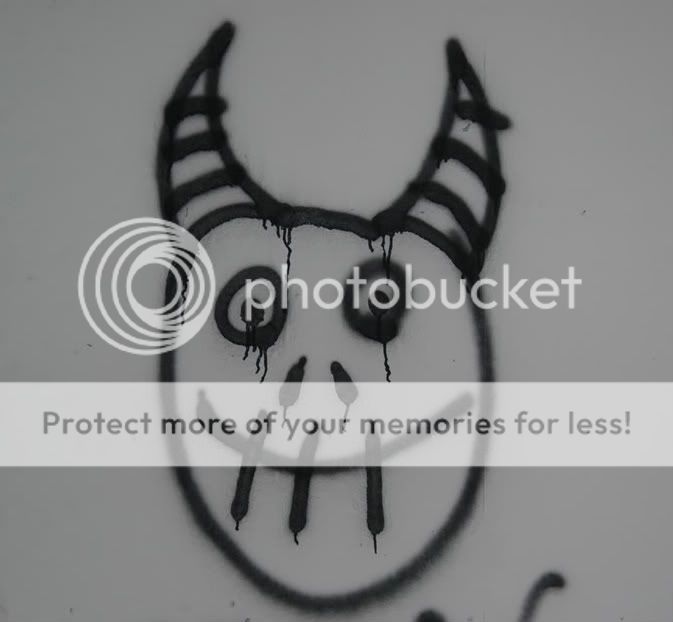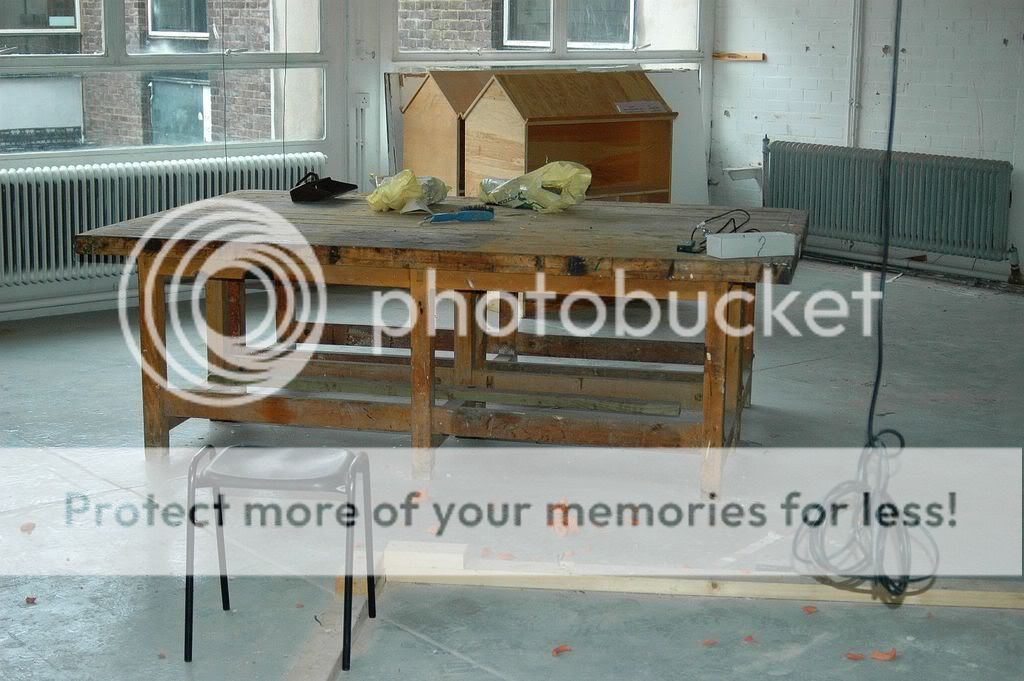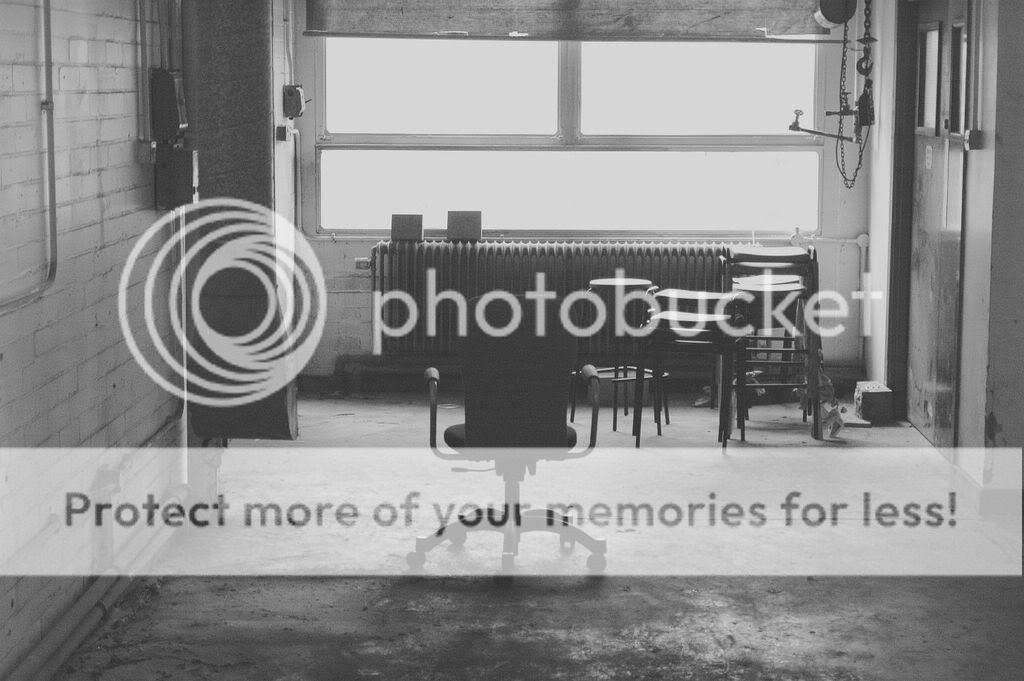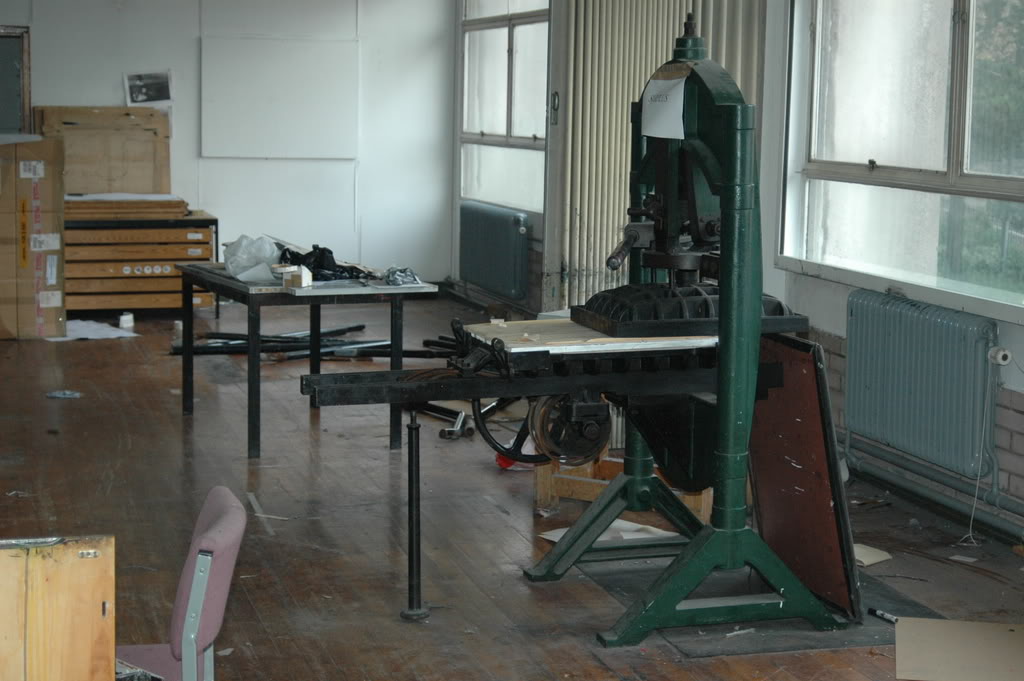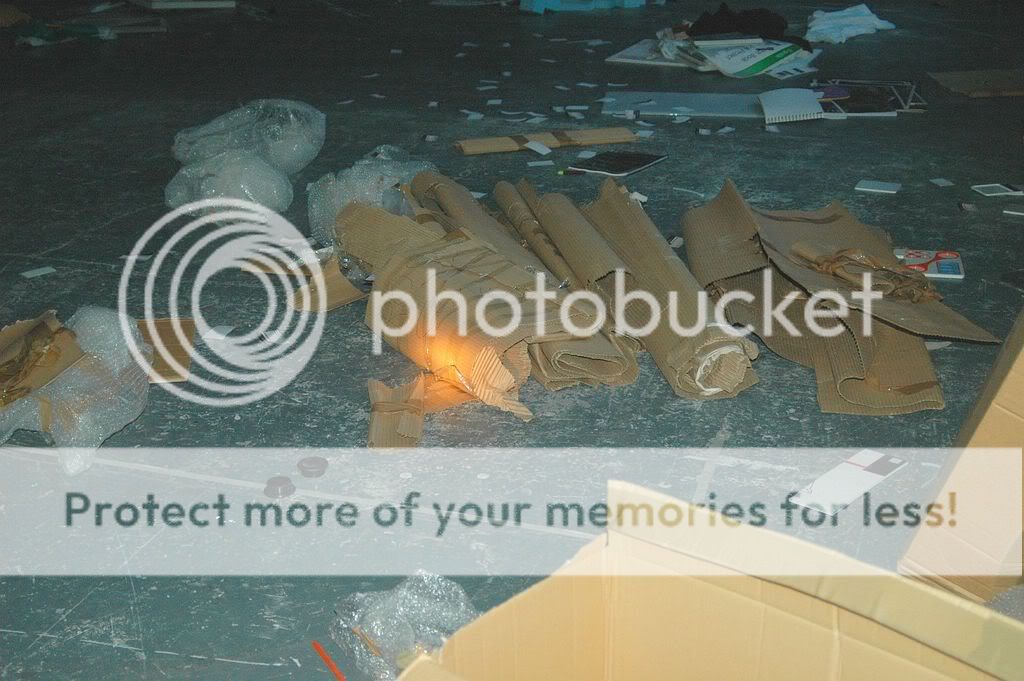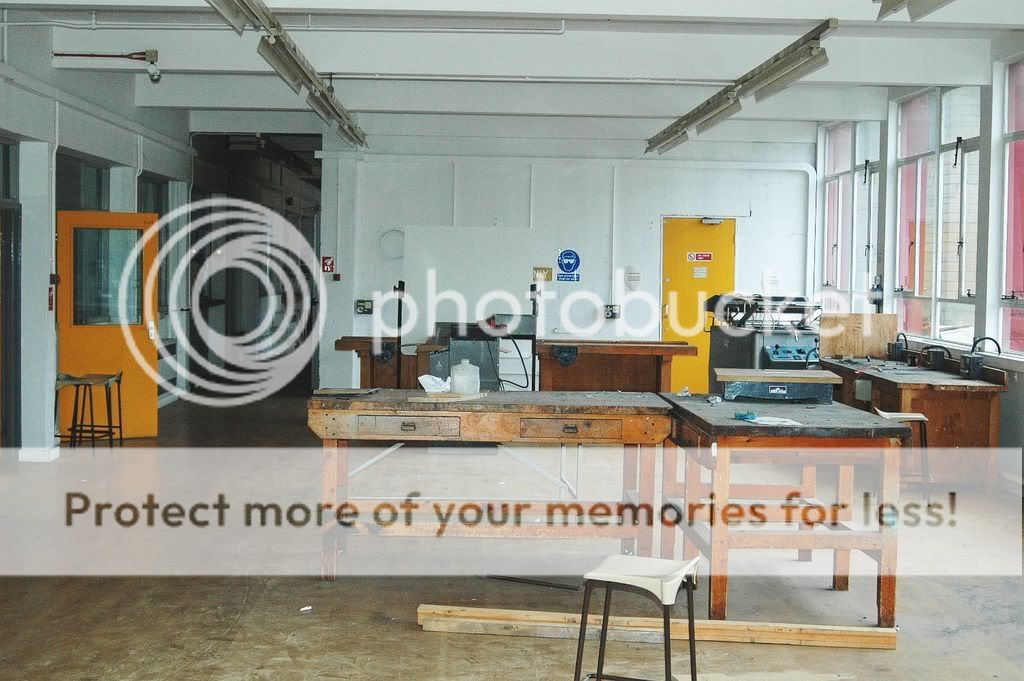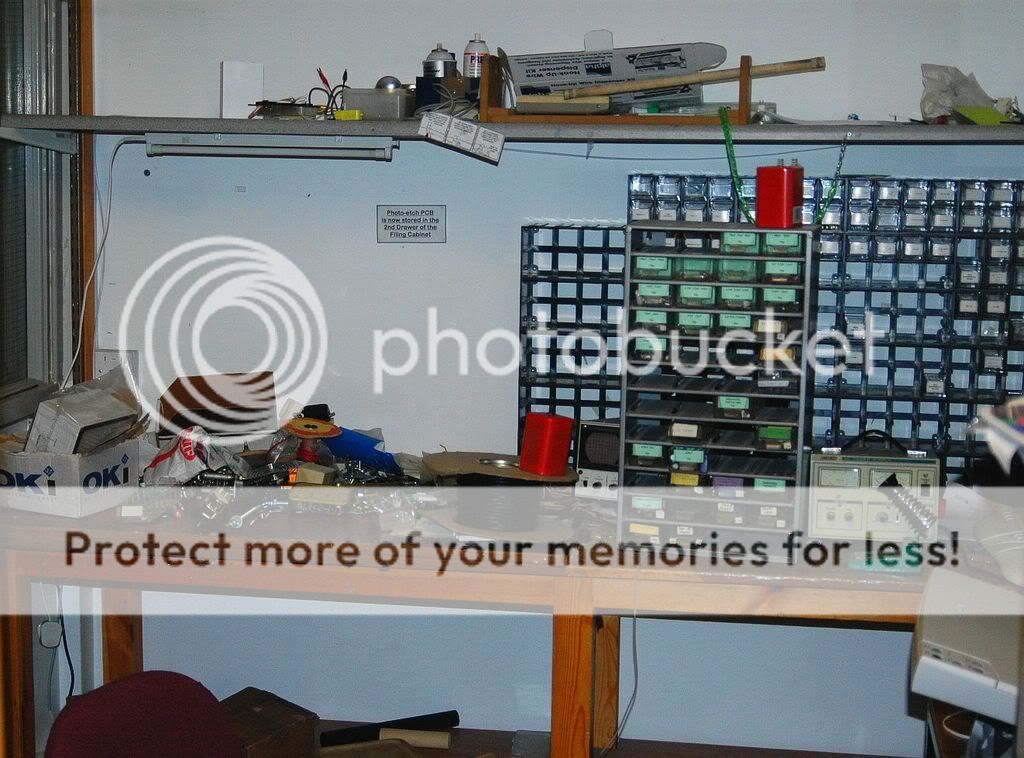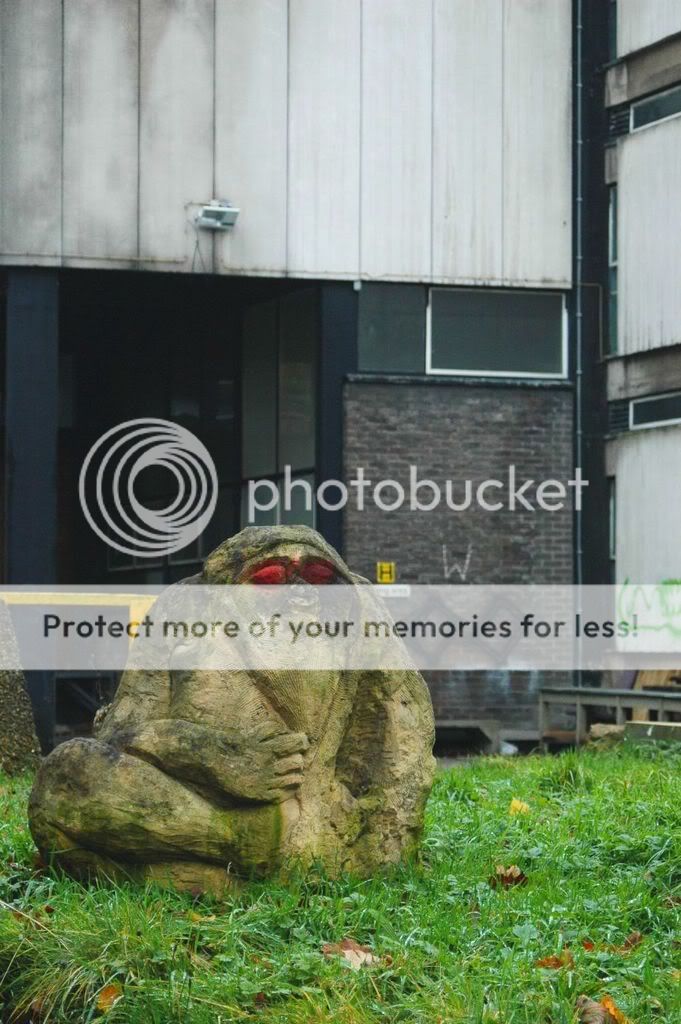Jan 2020: it has come to my notice that Photobucket no longer allow free hosting for these photos, so they can't be viewed on this blog. I'll try and get round it by hook or by crook, probably republishing the article elsewhere and bollocks to Photobucket. Sorry folks. x
Psalter Lane Art College is dead. Once a jewel in Sheffield's crown, a magnet for would be artists, designers, jewellery makers and film directors from all over Britain, it was swallowed up by Sheffield Poly, soon to become Sheffield Hallam University who took the decision, in 2008, to close it.
And close it they did. After years of rumours that its demise was imminent, it finally shut its doors in the summer. A skeleton of staff stayed on, moving stuff out for re-use down at the City Campus, tidying up admin loose ends until finally, in early September, the last handful of people walked out and the doors closed for the final and time. Contractors came and cut off the water and gas, though electricity remains for now.
With the removal of water and gas, the heating system, which for decades had kept the leaky buildings warm and dry, was dead. The interiors cooled down slowly, and the persistent, encroaching moisture, damp and drips from leaky rooves found itself unopposed.
So what is Psalter Lane like now? If you love the place, have fond memories of it, and decry the way it's been cast aside by the overlords of Hallam Uni, you may find some of these scenes distressing.
In late October, I had to pay a visit to the site, to inspect it and assess the risk of a fire being started there by arsonists (ie. kids who might break in). I visited all the buildings, alone, wandering through the deserted rooms and corridors. It was a weird and unsettling trip. Glad I wasn't on acid. Or am I?
I arrived just as it began to rain, on a chilly, damp afternoon, a truly leaden sky setting the tone. The two on-site security guards greeted me and let me in. They 'live' in the old caretaker's house at the back of the site. The main buildings are empty and silent.
To begin, I had a walk around the exterior, looking for obvious ways in. A few months ago, you were hard pressed to get a parking spot on the car park. Now, it lay empty, but for a few vans belonging to asbestos contractors working in the old substation on the edge of the car park
Click on the pics to see a full-sized image (they all look better full size)
Below: A Block, the orginal art college, empty for the first time in 150 years...
Below: B Block, home of the graphic designers and woodworking workshops...
Below: The car park is piled with rubbish and discarded furniture. A bonfire in the making...
Wandering around out on the open car park is eerie enough, but go round the back of the buildings and the sense of abandonment is worse, palpable. Nature, always on hand to exploit a loophole, is already seeming to dance amongst the stone and concrete.
Below: Behind A Block, vegetation running riot...
Below: a fungus, feeding on the damp wood of the fire door at rear of A Block...
...weeds gain a foothold next to a Victorian drain cover...
Below: The path between E Block and A Block, strewn with rotting furniture...
Below: The industrial, functional things, machinery, ventilation systems, which were humming with power until recently, suddenly look rusty and dilapidated...
Other industrial relics remain of a more remote past: old electrical insulators on the wall...
Below: rear of C Block, a fine piece of 1970s neo-brutalism...
Below: In places, even outside, you come across abandoned student artwork. The wooden frame is part of the 'Trebushed', a garden shed which converted into a working mediaeval siege engine (trebuchet), which was a 2008 final year degree piece...
It isn't just the old buildings which raise ghosts, real or imagined. Some of the external areas, particularly in that leaden Autumn weather, put me in mind of the sort of place you'd expect to stumble upon the speech-denyingly horrific scene of some child-murder, cold flesh and clothes scattered amidst the muddy leaves behind the concealing buildings.
Below: back of G Block...
Below: The windows of C Block staircase from outside, looking up...
In places, the drab greyness and air of silent emptiness is lightened, as here, by splashes of paint on a wooden door, a relic of a day when some art student leaned a board up against the door and splashed paint on it, Pollock-style, the paint now accompanied by the sucker roots of ivy tendrils...
Other colour comes from more industrial sources...
Below: the gnarled Victorian stonework looks old...
...but the 1970s concrete of C Block also now shows the scars and stains of its life...
C Block windows, clouded and opaque like the eyes of dead fish...
Below: E and D Blocks, and the 'quadrangle'...
...and a close-up of the rear entrance to E Block, once a smoker's haunt, now just haunted...
Rain on the roof...
Having wandered round the site, I was amazed at just how...dead it all seemed. I was used to it being such a vibrant place, a place I always looked forward to visiting. Now, it was like looking at the corpse of a dead family member. It resembled the place I knew so well, but was cold and silent.
I spent nearly an hour walking around outside, and time was moving on. I had to get inside and do my tour before darkness came. The main entrance was still decorated with the remnants of the big party which took place there back in summer, now like the xmas decorations in mid-January.
Below: Kid Acne's mural and farewell message, painted over the main entrance for the leaving party in June...
I went in, chatted to the friendly security staff, who'd opened up for me, and then I began my walk-round, alone in the echoing winter gloom of the deserted rooms and corridors.
I began with A Block, the old Victorian building which, being Grade 2 listed, will not be demolished. It used to host the library, the film theatre and a series of offices. Unfortunately the camera malfunctioned in this section so I didn't get all the pictures I wanted. I got no pics of the huge expanse of the deserted library, or the attic, which is every inch the attic in the horror short 'Drip' (see my earlier blog entry). The splendour of the Victorian rooms still peeked through the more modern imposition of the office environment, and being able to see the rooms stripped of their 21st century accoutrements was edifying. One thing which struck me was how much stuff had been left behind. Office furniture, stationery, personal nick-nacks, the place was far from being truly empty. It was as if people had left in a hurry, grabbing what they could along the way.
The other thing was the total silence. It was quiet outside, but no sound penetrated in here. I could hear every thump of my heart, and it was almost a relief when I entered a back room to be faced with a bank of still live telecoms routers, all flashing LEDs and humming relays. It was like finding life on Mars. Outside that room, there was a post-apocalyptic feel about the place, as if everyone had fled in the face of a zombie army or a plague of Black Death proportions.
The empty offices were unnerving, but the library was worse. Ever played any of the 'Silent Hill' computer games? The library was like being in a real-life version. I expected to be menaced any moment by split-headed dogs or lumbering mutants. What made it all the more poignant were the messages which departed staff had scrawled on the walls, the day they left...
Below: Click on the images to enlarge and read the scrawled messages...
My camera malfunctioned here, in the ground floor library, so I couldn't get any pics of the upstairs. I just continued my fire safety inspection. Eventually however, I fiddled with the camera and managed to get it working again, just in time to enter C Block, the former home of the fine artists. A lot of the bigger degree pieces from 2008 were still in situ, but the encroaching damp, leaky ceilings and bone-chilling, grave-like cold, were causing the hardwood parquet floors to swell and rise up in wooden billows, artificial waves breaking into pixellations of collapsed blocks.
Below: room 302, Heath Robinson guttering rigged to try and divert roof leaks out through the open window. Parquet floors destroyed by the wet...
Below: room 306 looking much as it did at the degree show in June, except for the erupting floor...
Below: student artwork in room 304...
...and in 401A...
In fact, C Block struck me, more than the other blocks, as almost a giant artwork in progress, commenting on decay, the disappearance of humanity, fear and isolation, loads of different themes, left behind by previous tenants or created by the new situation. It has to be experienced by walking around in there alone, but it speaks to you, in dozens of different voices all at once.
Below: series of pics of level 2 corridor, C Block...
The Level 2 corridor, with the familiar painted corner visible at the end...
Below: Level 2 corridor; dark and totally silent...
Below: a piece of artwork in a room on Level 1...
Below: the 'painted corner' on the C Block stairs...
From inside the building, the grimy windows offer new perspectives on parts of the outside...
From C Block, so familiar to me, I wandered through the basement studios and into D Block, former home of Metalwork and Jewellery, a single storey, one corridor building running between C Block and E Block, which used to be Printing and Photography. This section was particularly spooky. One of the security staff, a big bloke we'll call 'Bill' (because that's his name), swore he saw "something" moving across the landing of E Block stairs, as he came round the corner of the darkened D Block corridor at the stair foot. A pale mist or vague shape, it was enough (he said) to make him run back down the corridor to C Block and the main entrance. This was in my mind as I ventured into the rooms of D Block. I don't believe in ghosts, but isolation and silence, in an environment of empty rooms and silent corridors, can exert a malign influence on your imagination. I felt watched, though whether it was ghosts or just the place itself, I can't say.
Below: out back of C Block
Below: abandoned casting furnace, C Block
Below: the courtyard between C and E Blocks
Below: a thing in a cupboard, C Block basement.
Below: Mr Wilson
Below: left behind paintings display to spiders and silence
Below: The abandoned woodworking machine shops, C Block
Below: oh! Graffiti in C Block basement
Below: This huge composite portrait dominates the wall of one of the C Block studios, even now, nearly 2 years later
Below: clay head, suitably outraged at the closure
Below:Staircase windows in C Block
Below: C Block studio art
Below: C Block studios
Below: Where are they now?
Below: abandoned workbenches, with Record vices still attached
Below:Great Cthulhu waits, and dreams, in sunken C Block
D Block, the old Metalwork and Jewellery Department, ws utterly silent. The drip of a tap would have been a hammer blow there. You held your breath walking through, because the sound that came back from the cold walls was unpleasant.
Below: abandoned office, stripped of all but a chair
Moving into E Block, past the spooky, darkrooms, the print area seemed light and warm and full of sunbeams. Screen printing equipment lay untouched, destined for the skip, including the beautiful Victorian press (below).
B Block was creepy. Upstairs, the gloom of the dusk was seeping in like water and horror lurked around every corner until, suddenly, a beam of gold sunlight broke through the slaty sky and the dirty windows (below)
Below: deserted workshops in B Block
Below: The Sentinel
Update: It is now January 2010. Psalter Lane has been dead for 18 months. Over the past few weeks, a company have been employed by the university to remove all non-fixed items from the buildings. So that means that everything you see in these photos; all the benches, furniture, artwork, tools, everything that isn't bolted down, has been taken, most of it skipped, broken and nor lost forever. Most of it I guess isn't important, but what of the old victorian press in E Block? Sledgehammered to manageable chunks of cast iron and weighed in as scrap? Probably. [May 2010 update: yes it was]
Over the Yuletide holidays, a gang of people who knew exactly what they were doing broke into the buildings and methodically stripped it of lead and copper and anything else of use or value. The on-site security presumably slept through it. Is it any different to the methodical stripping-out already described? Other than sanction, I don't see much, and at least those removing the scrap metals were making some use of their spoils, not just breaking, burning or burying them.
In March, demolition contractors move in. Everything will be gone, except A Block, the original college building. I might have a chance to get on site before that happens. If I do, I'll try and take some photos.

